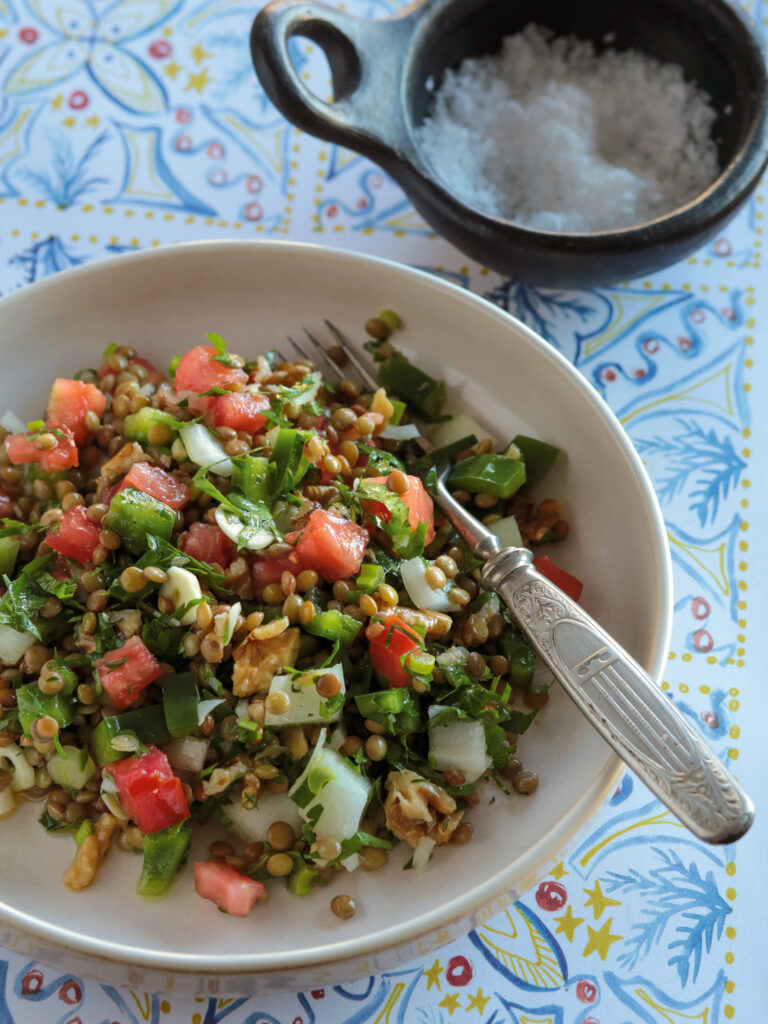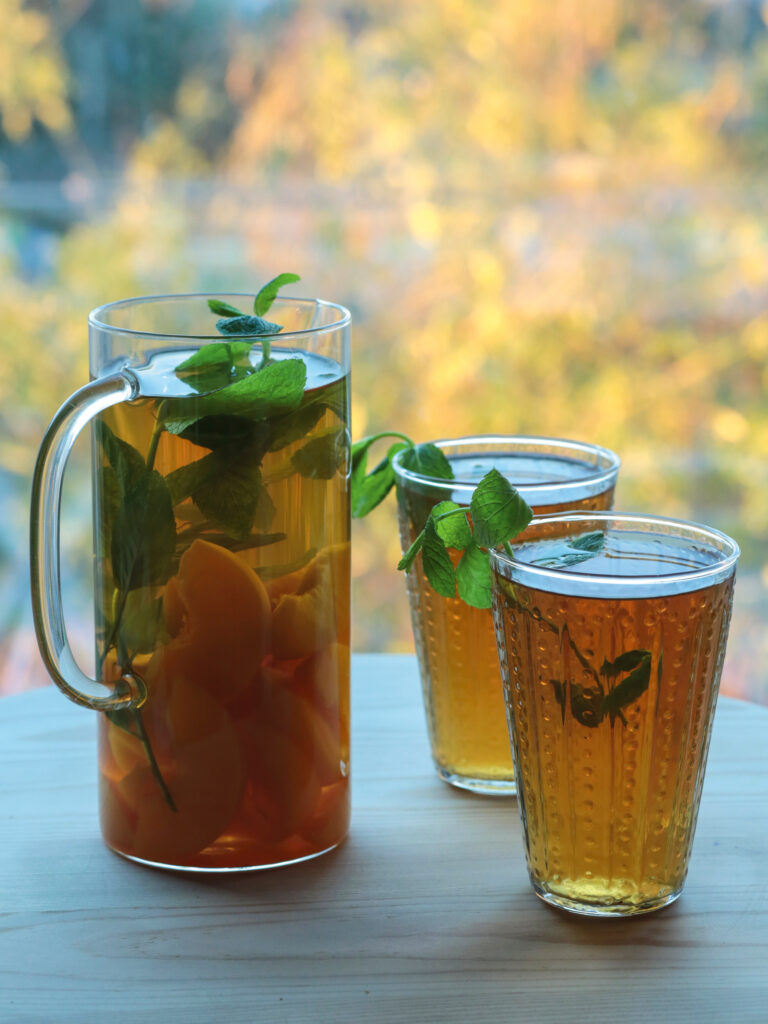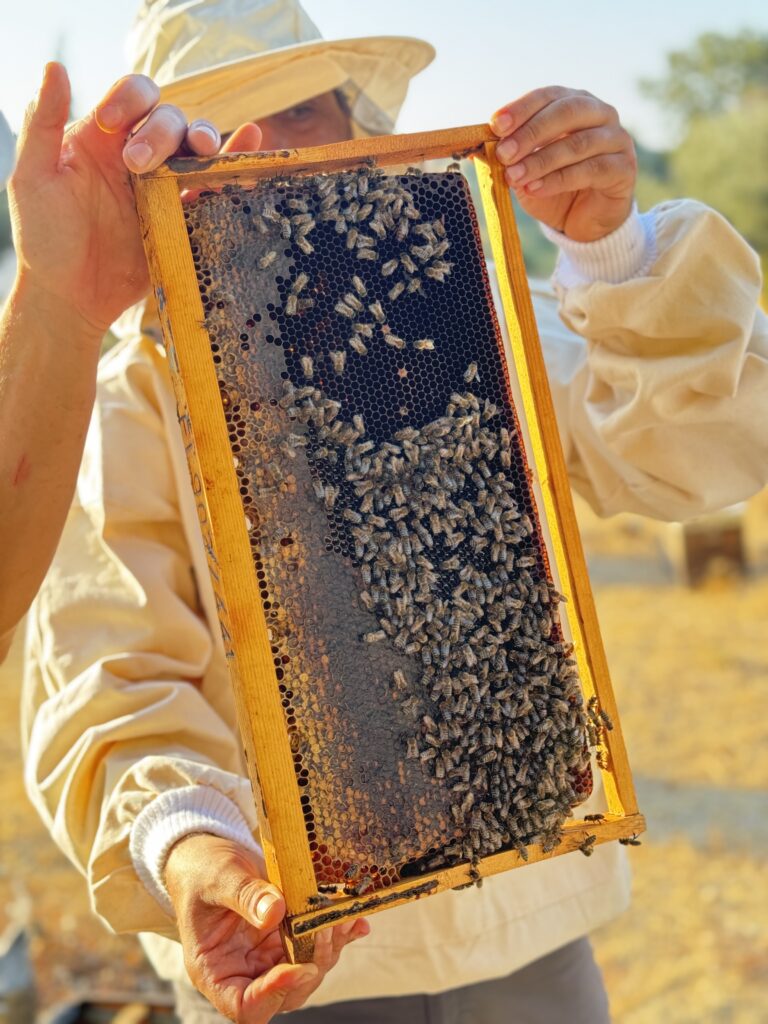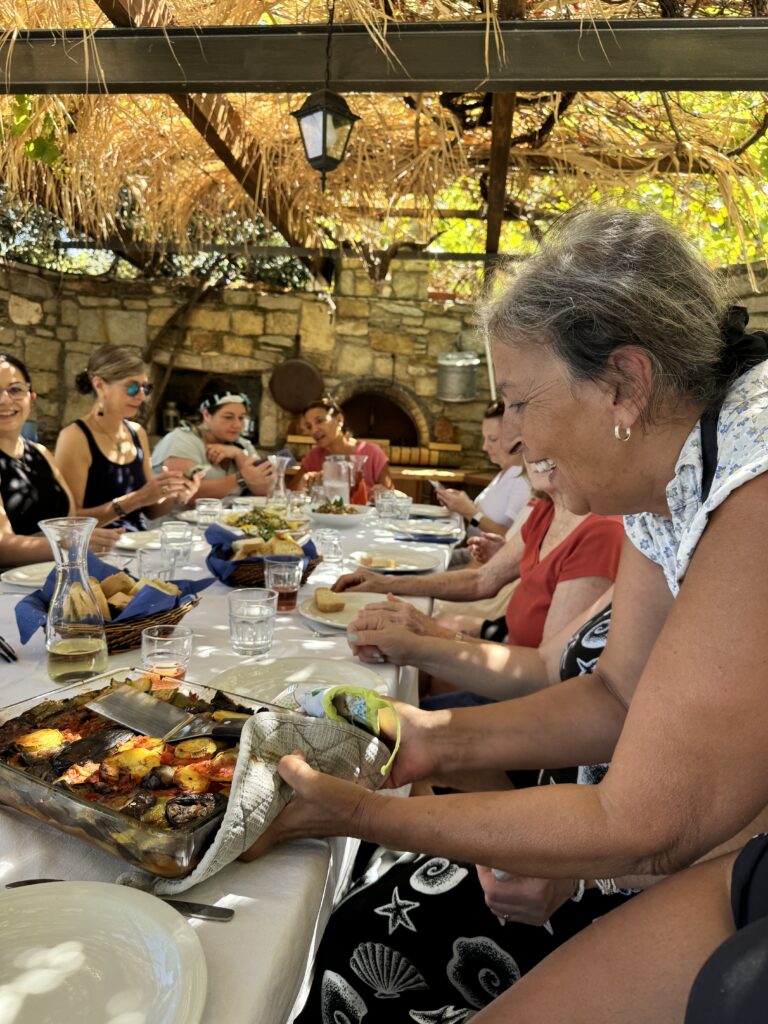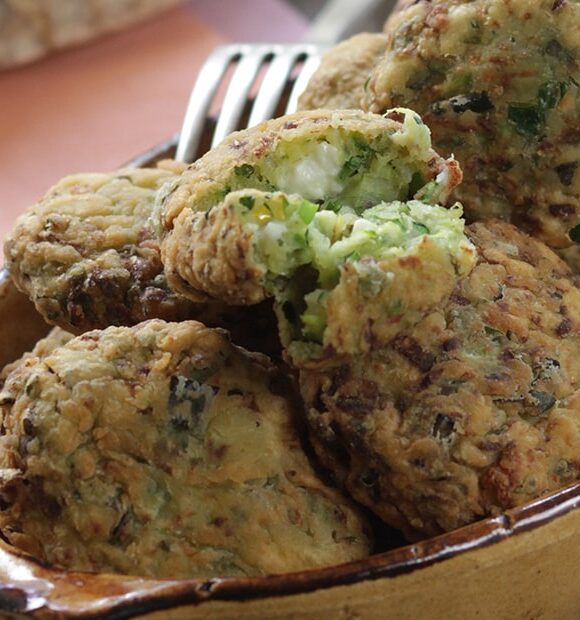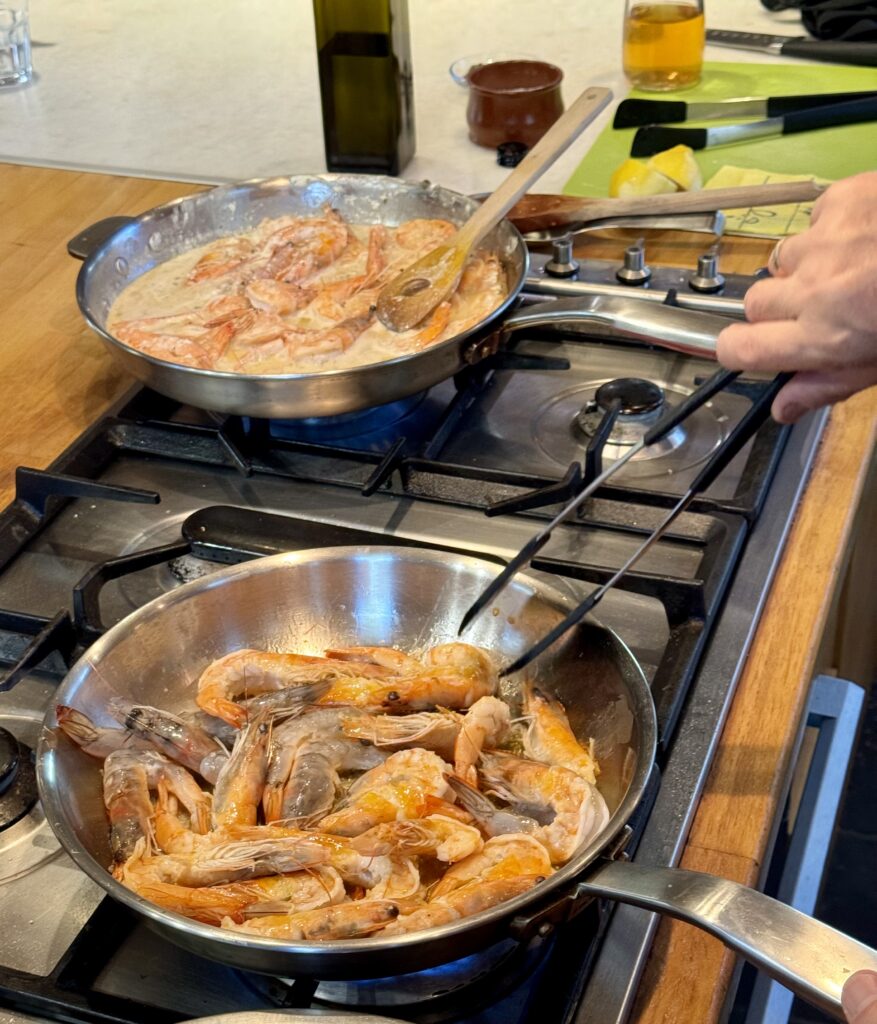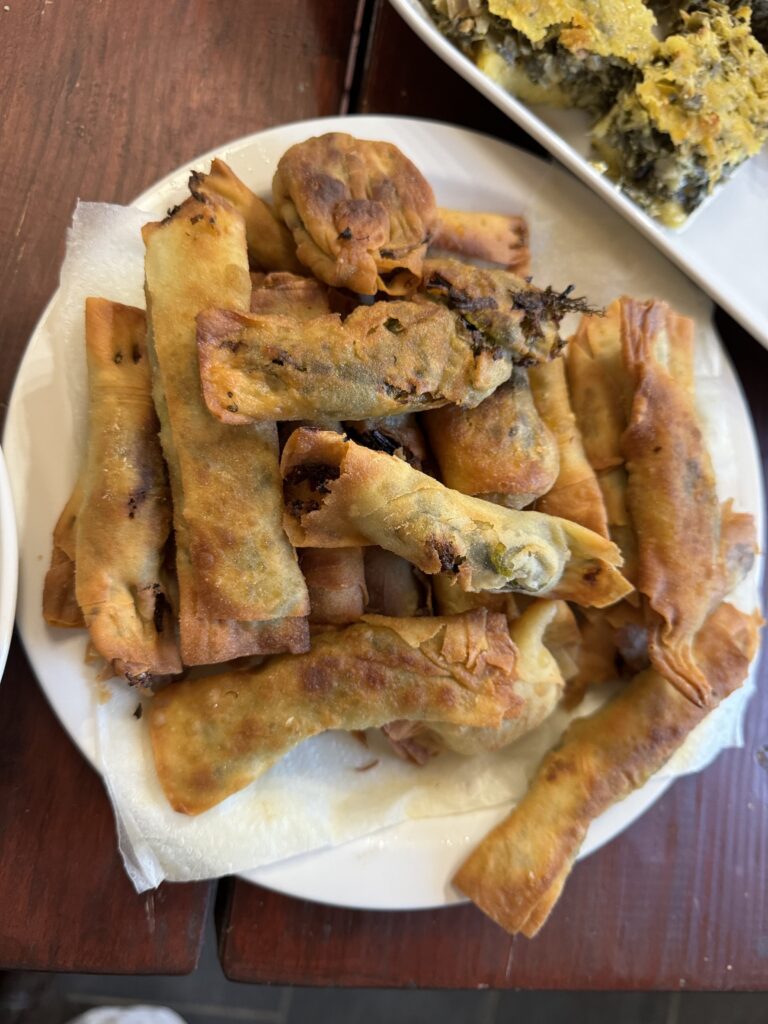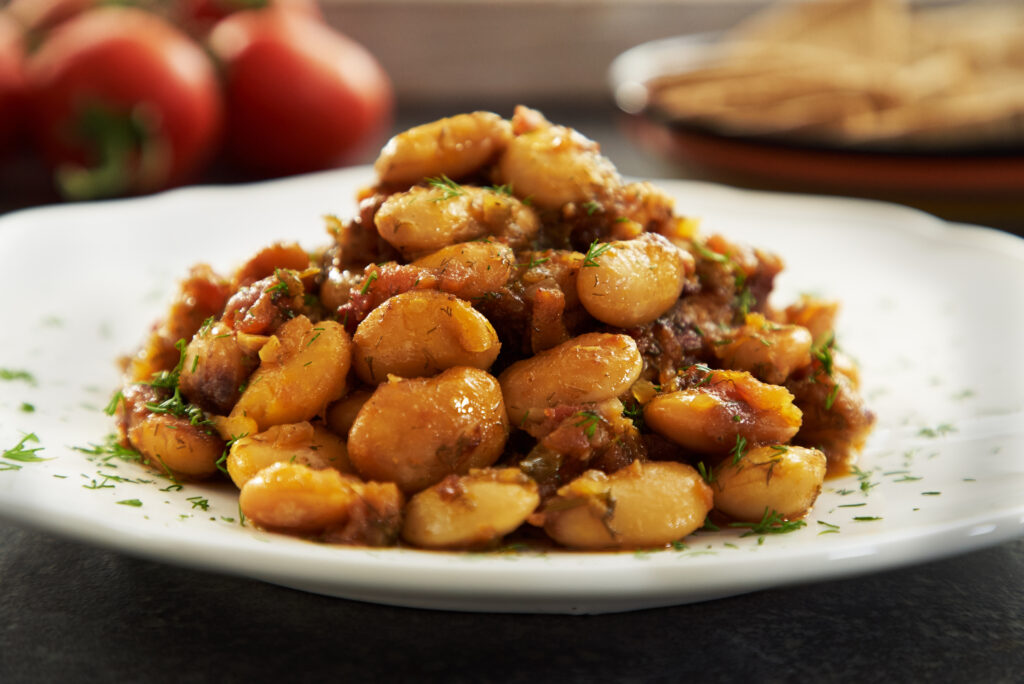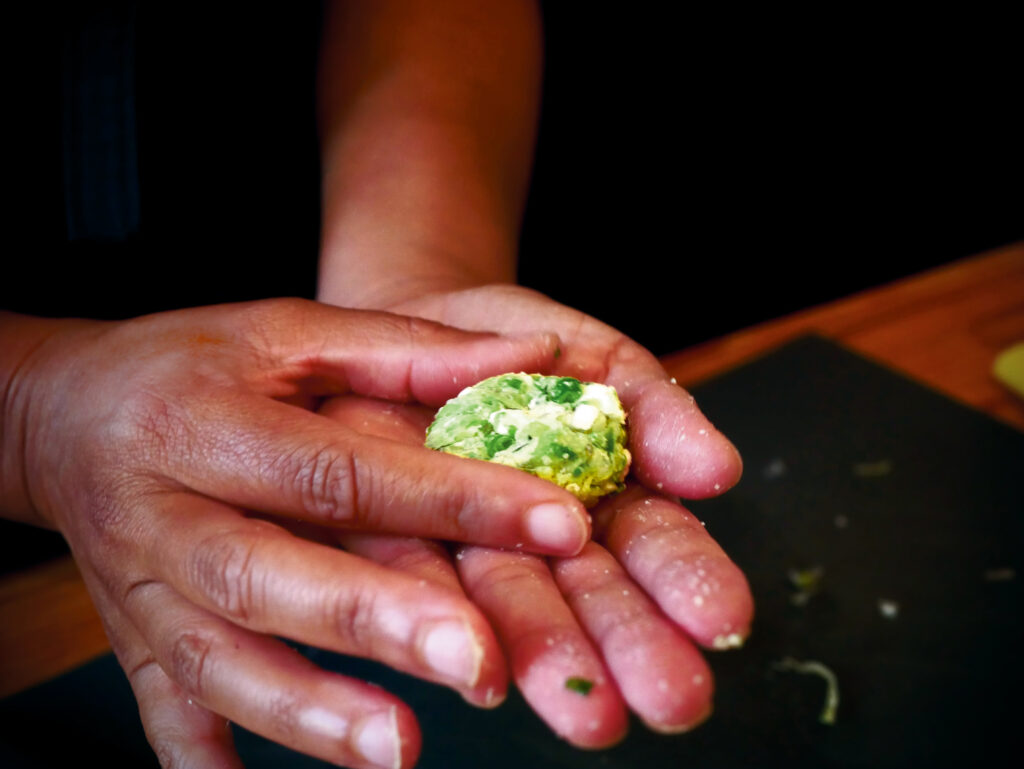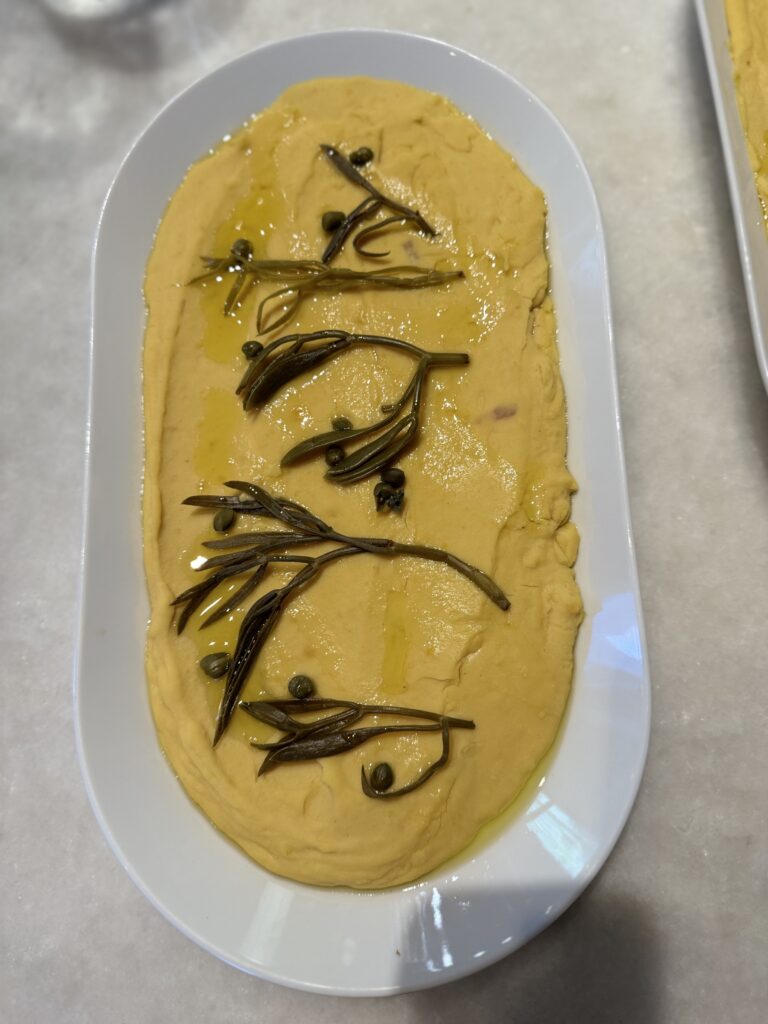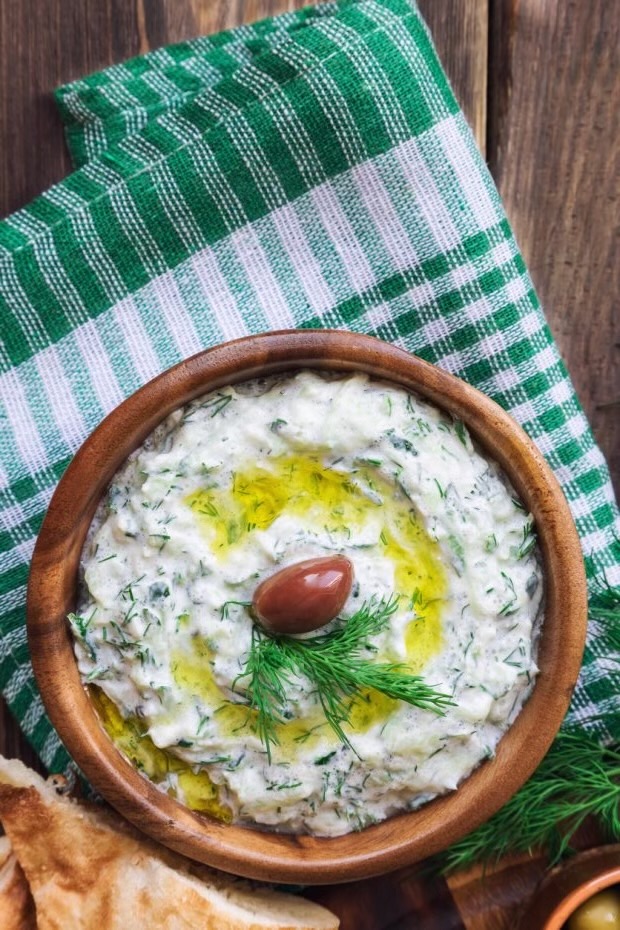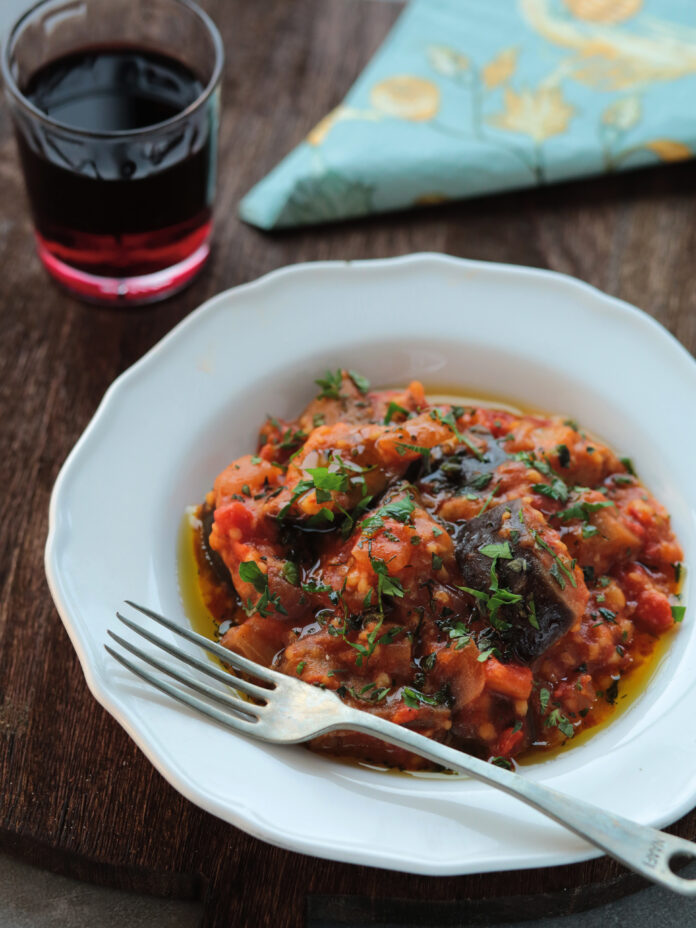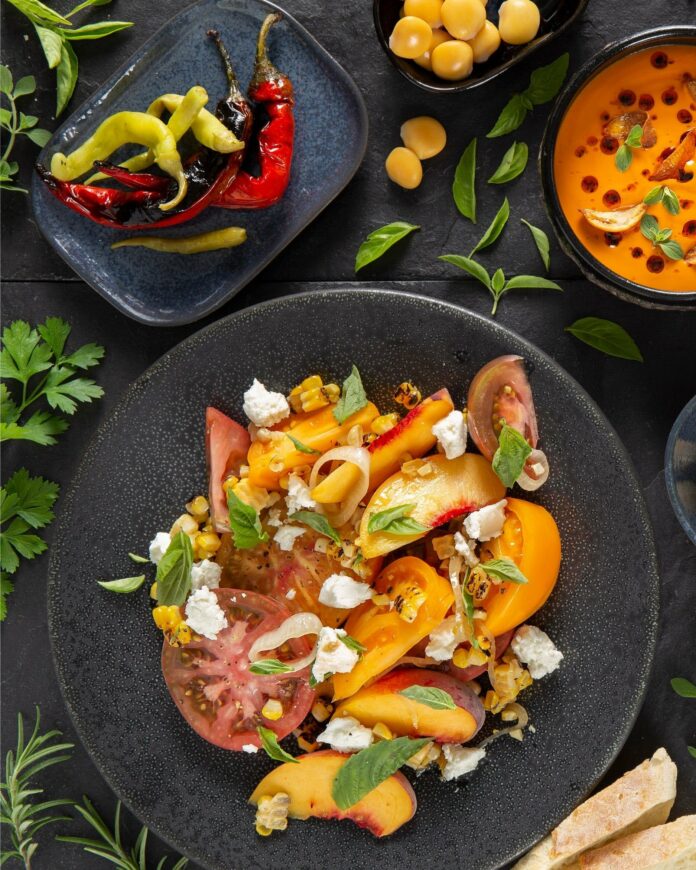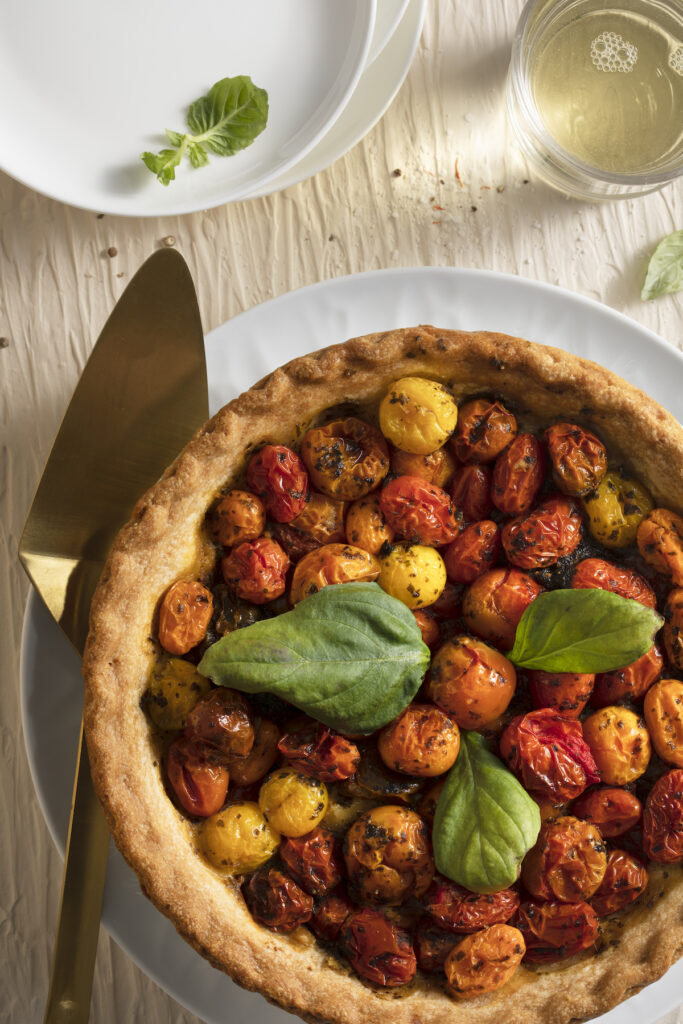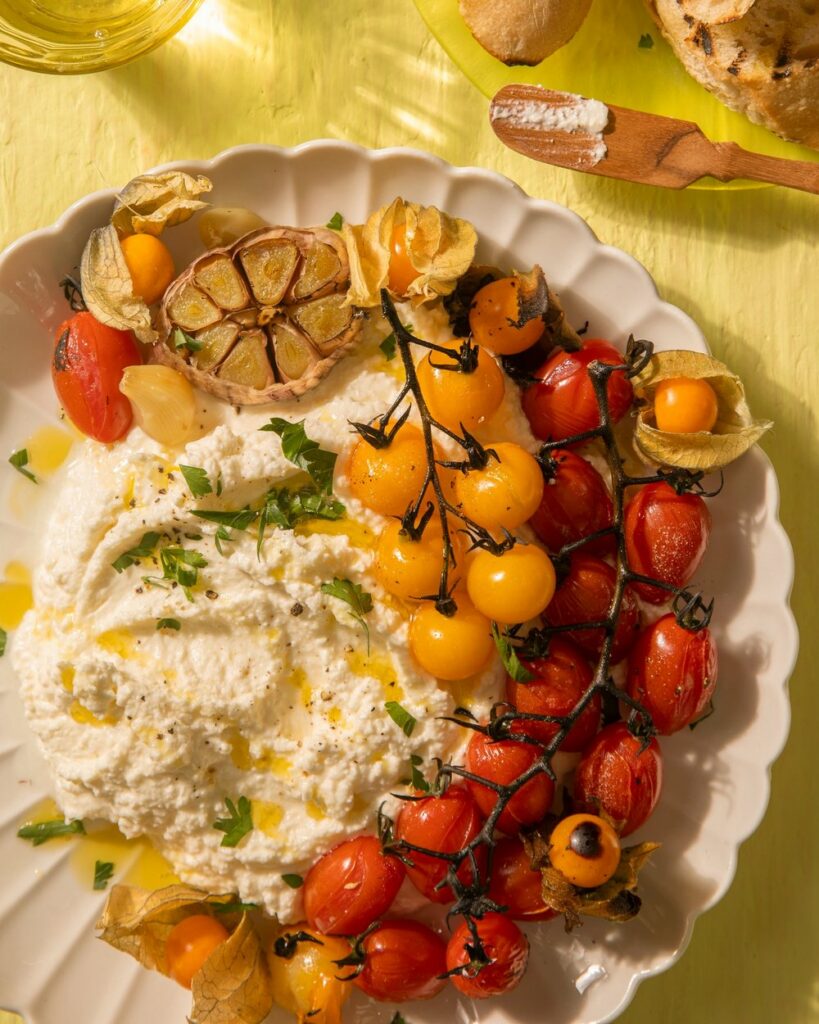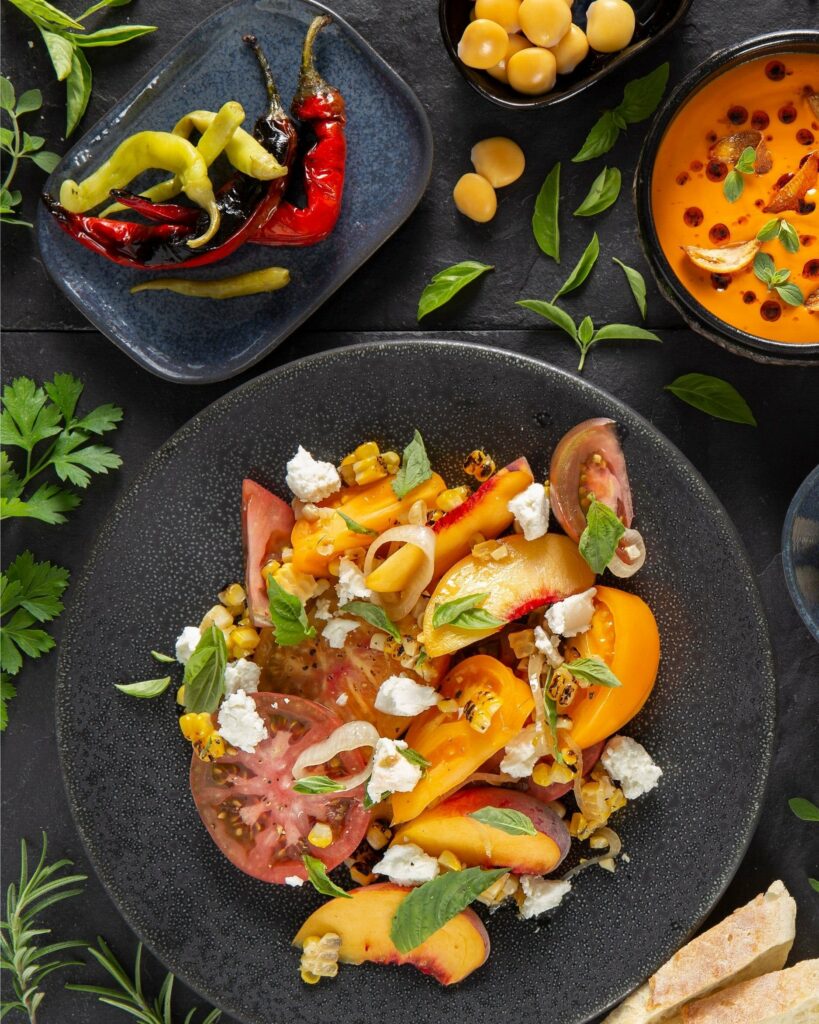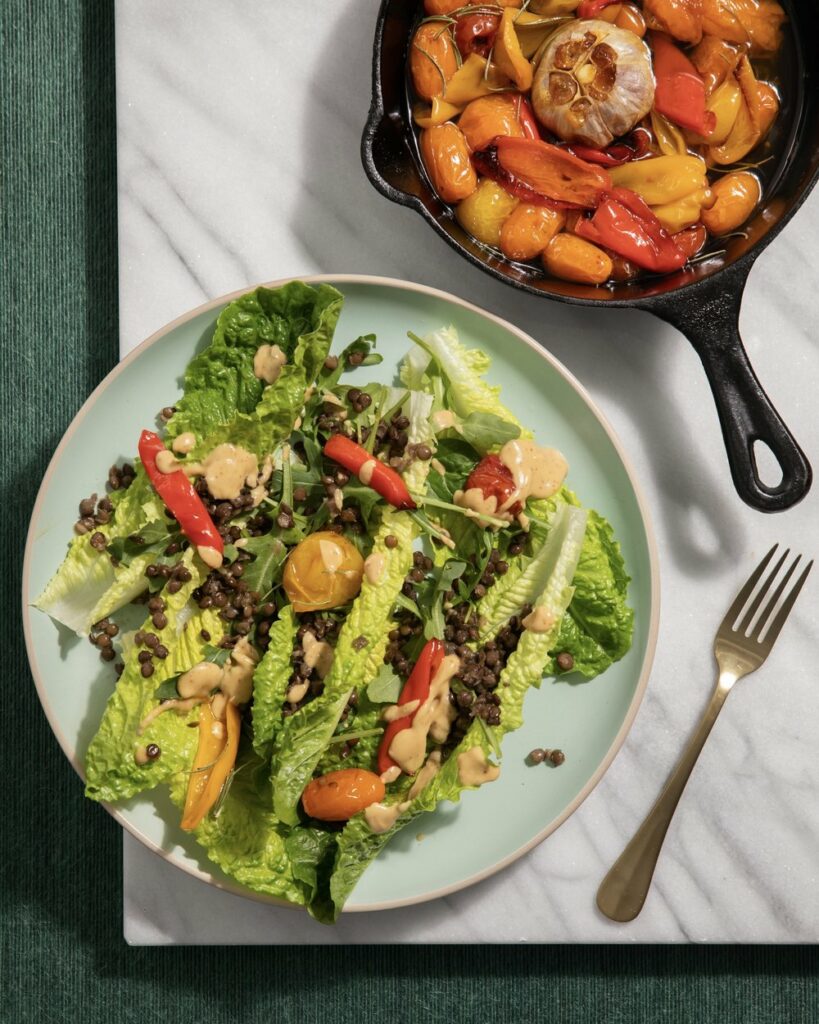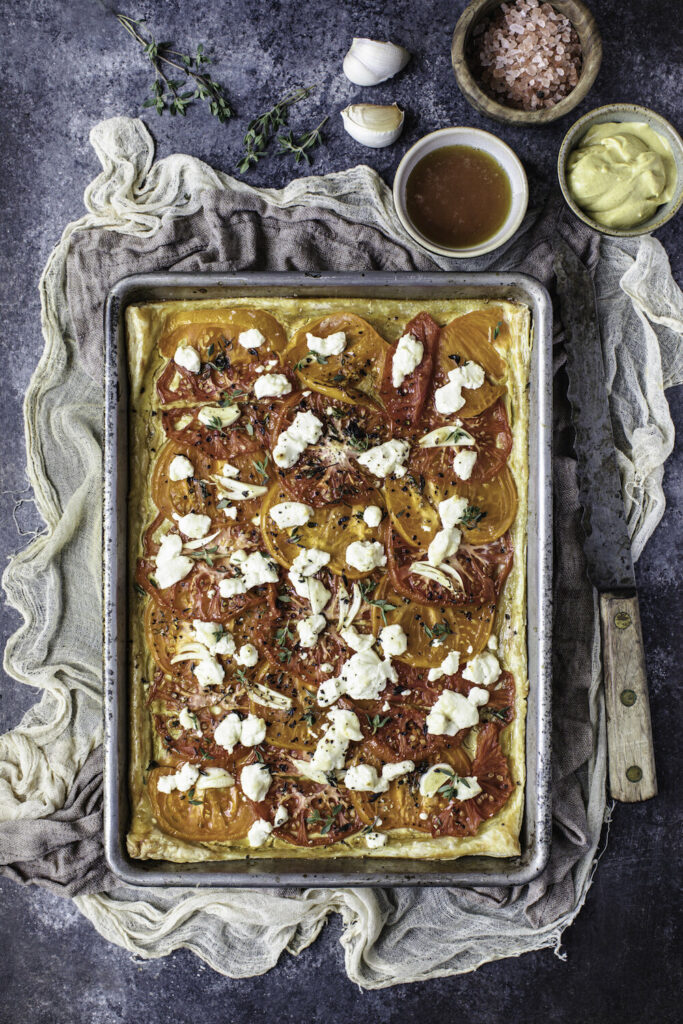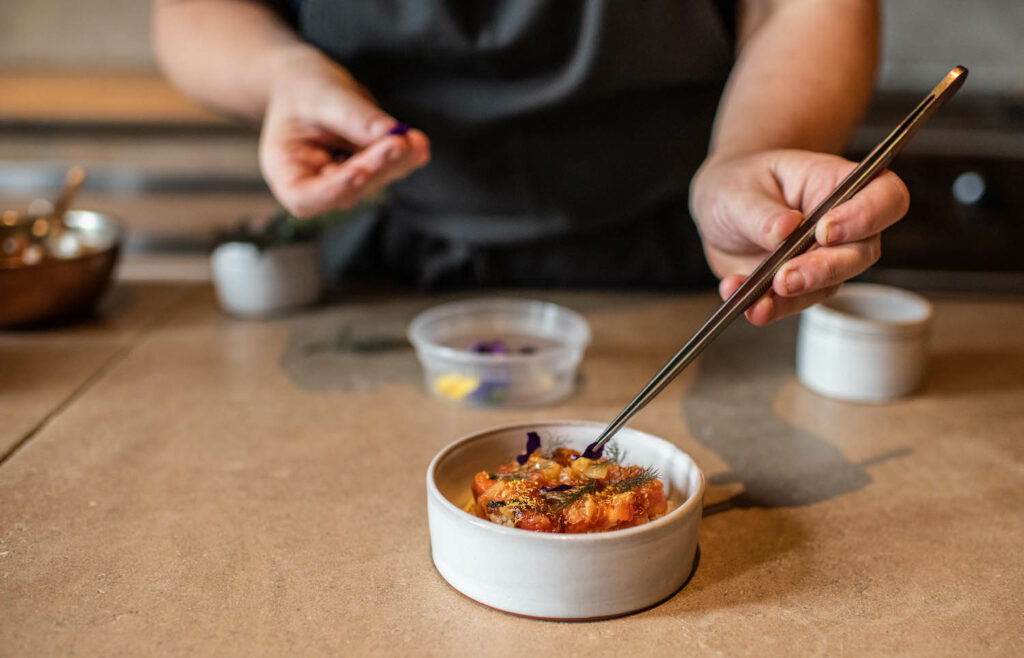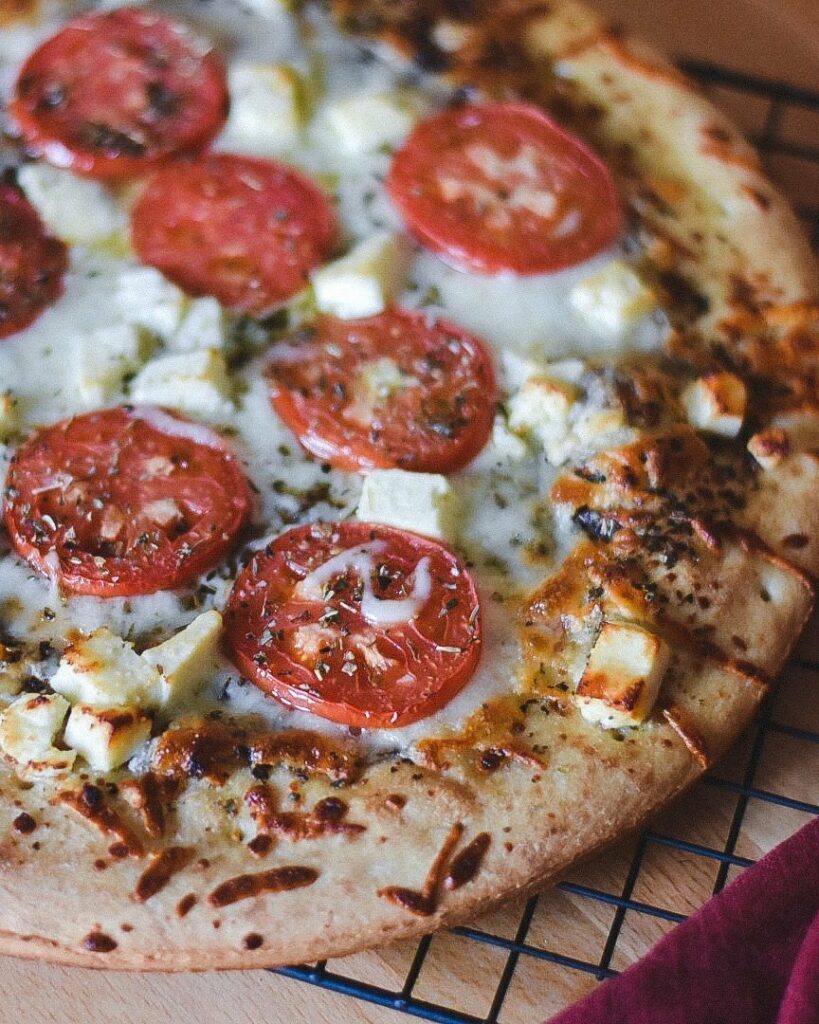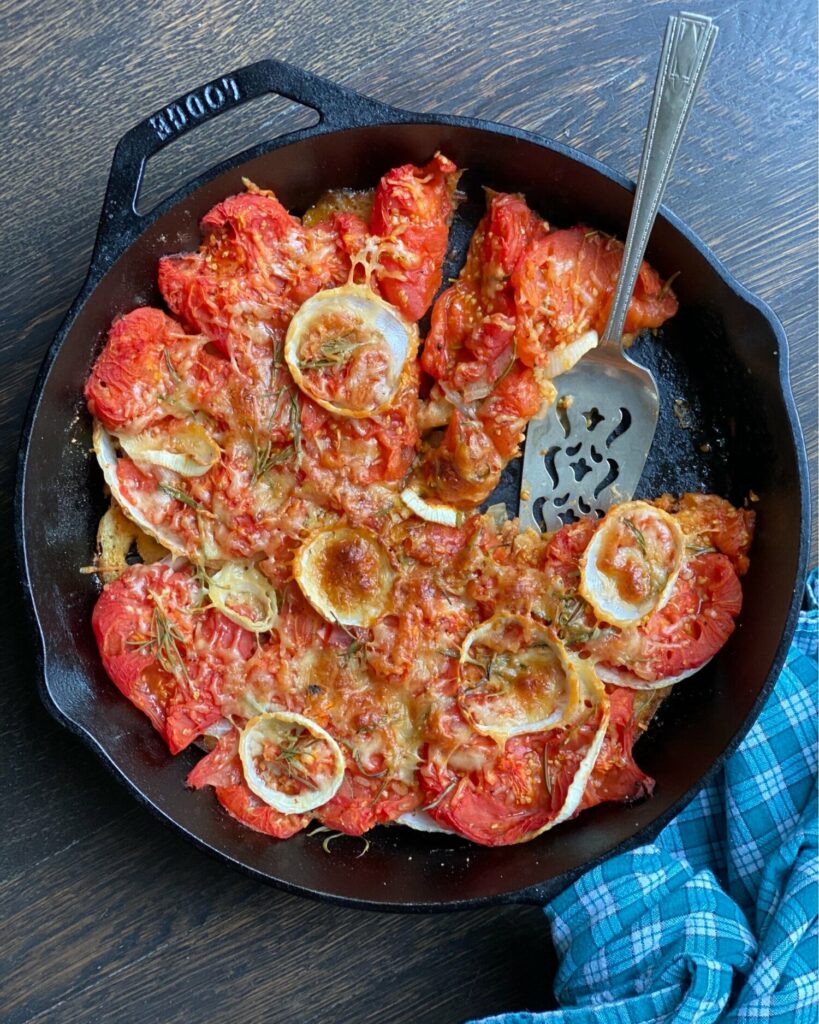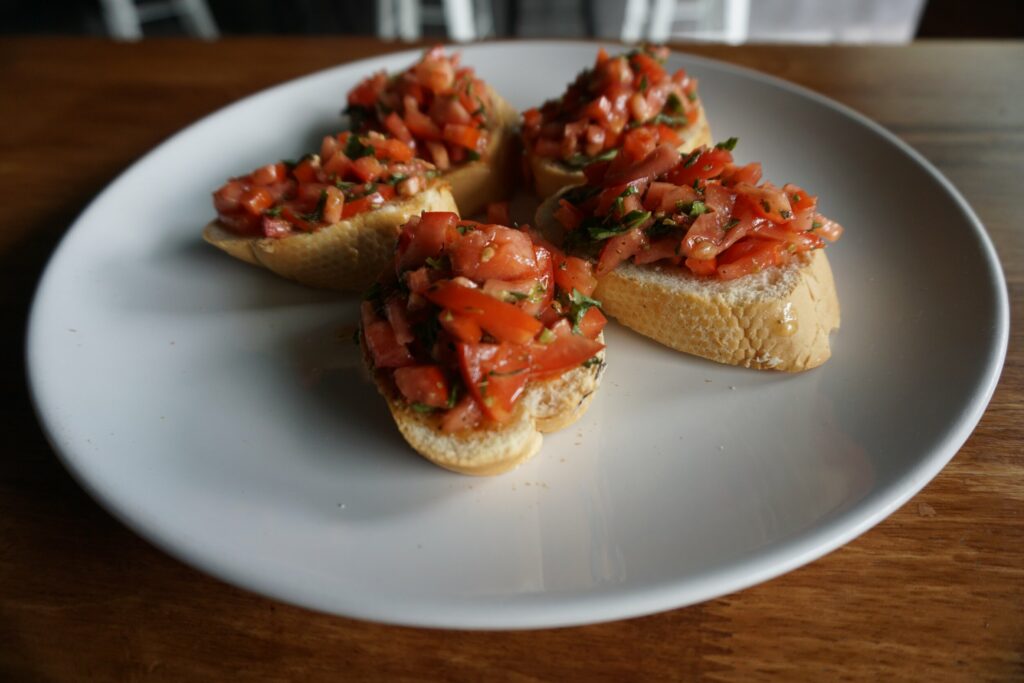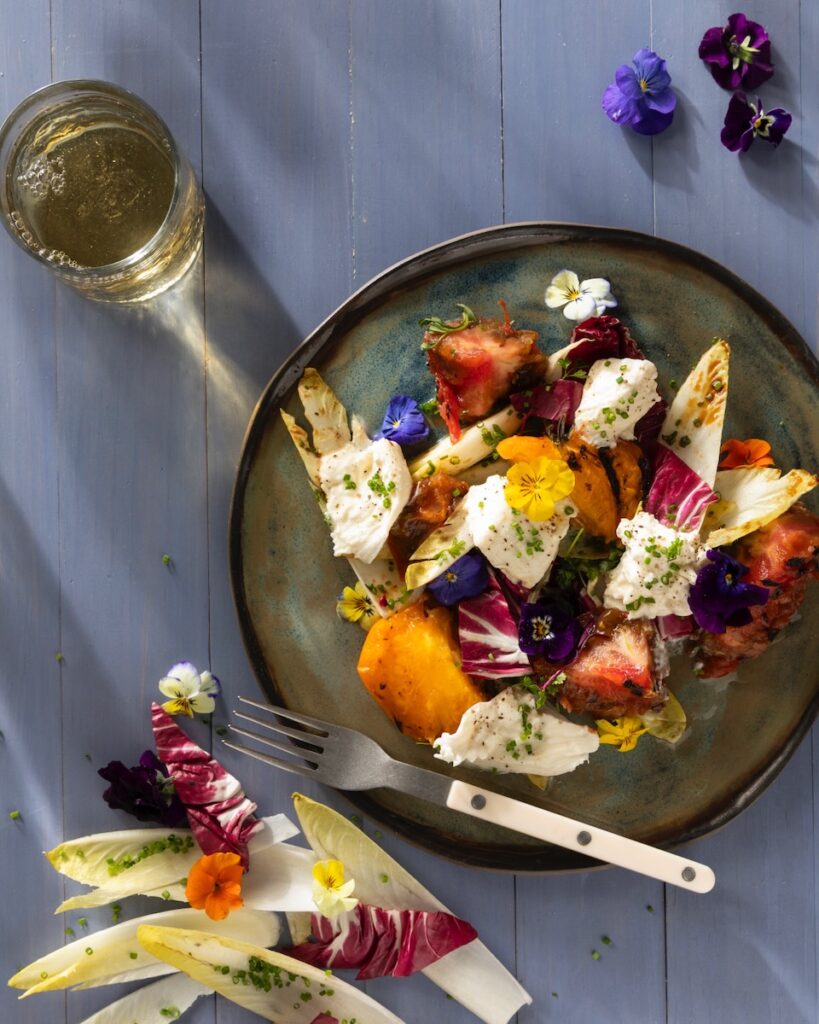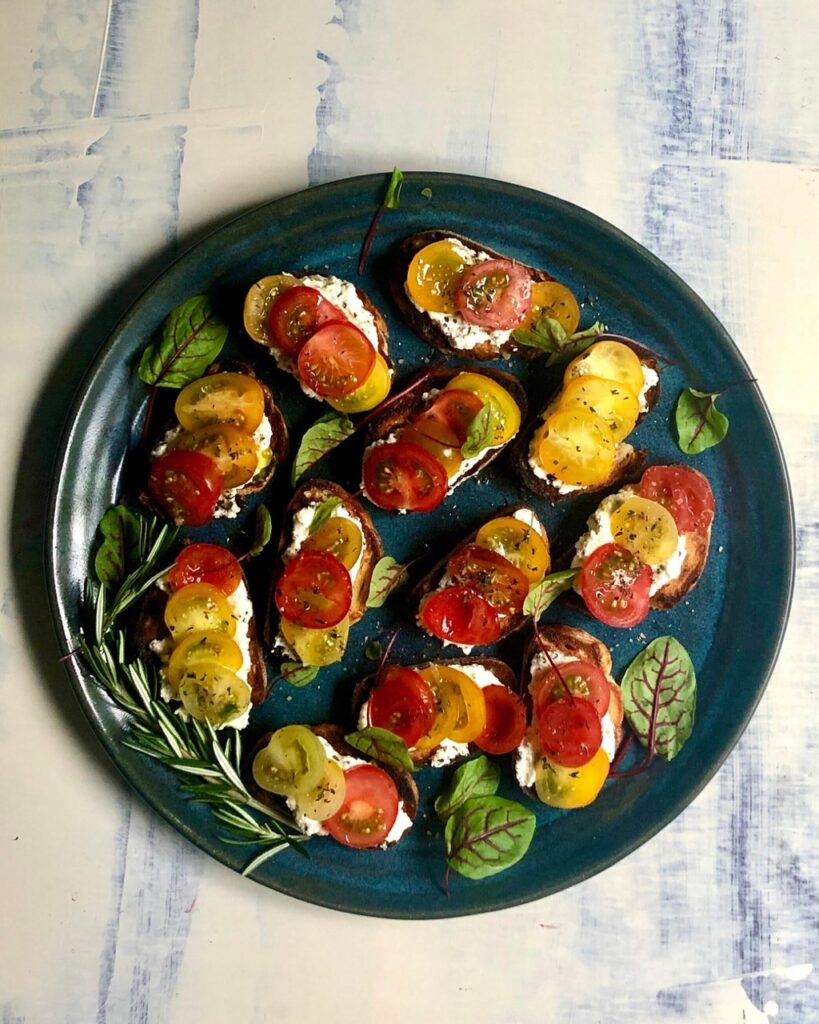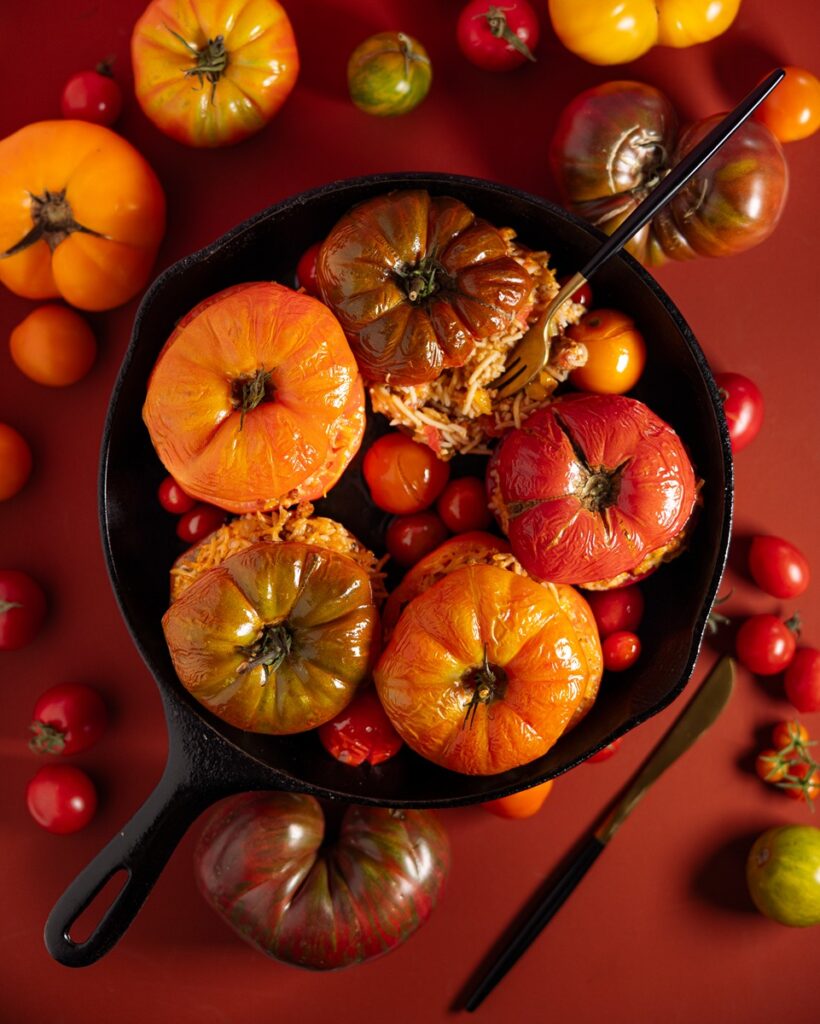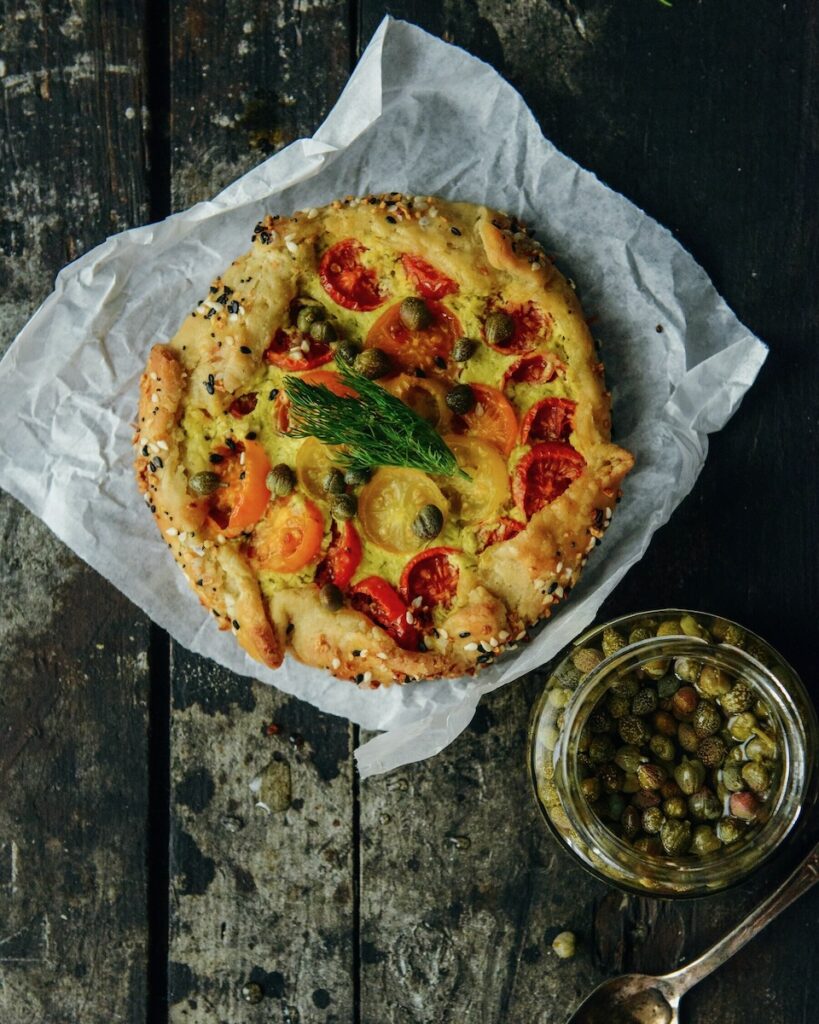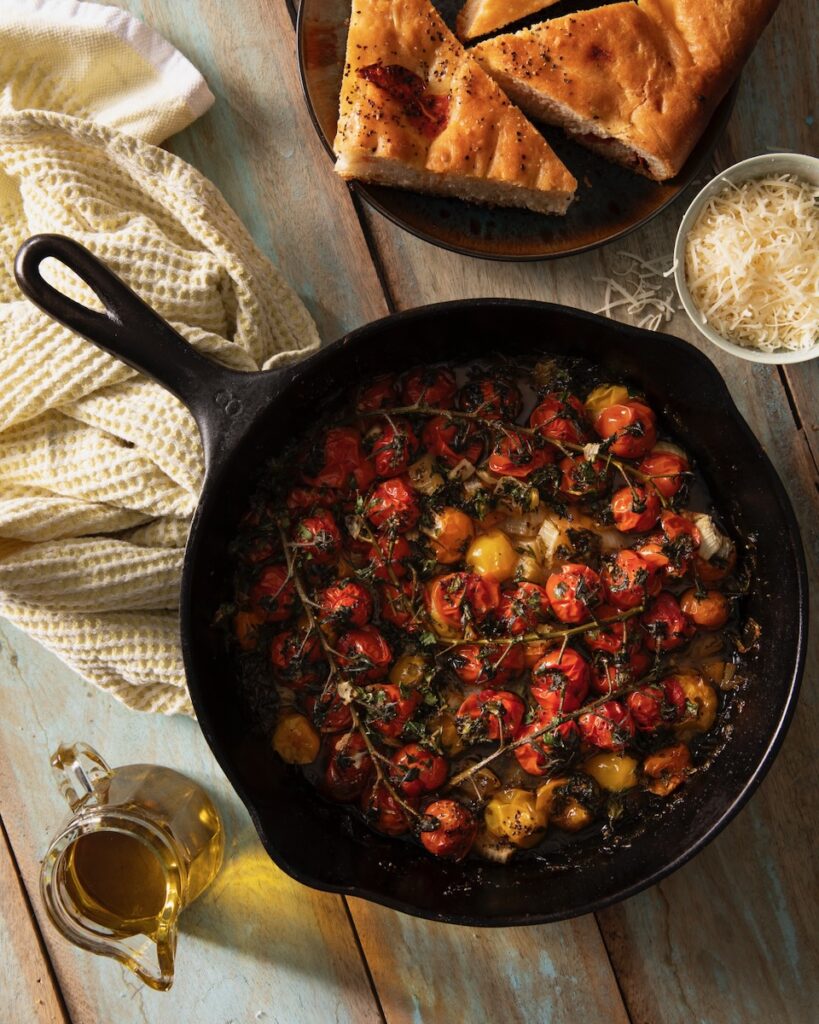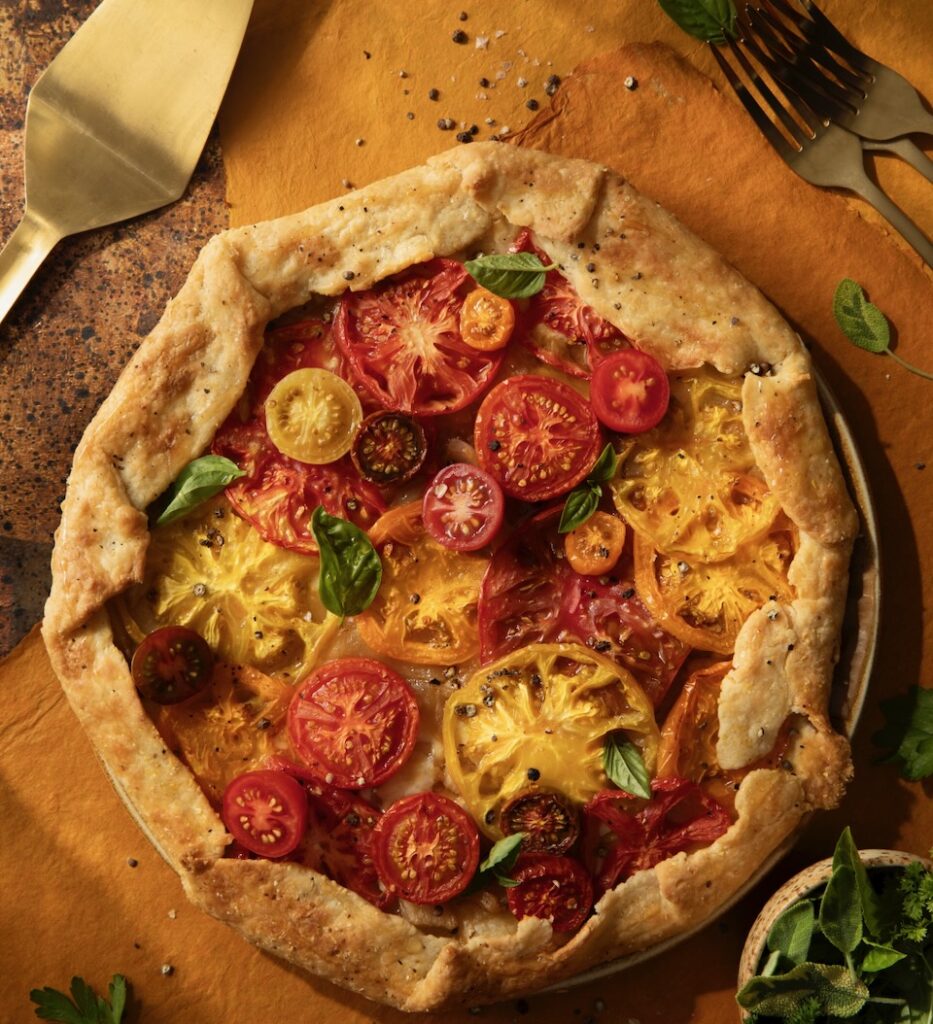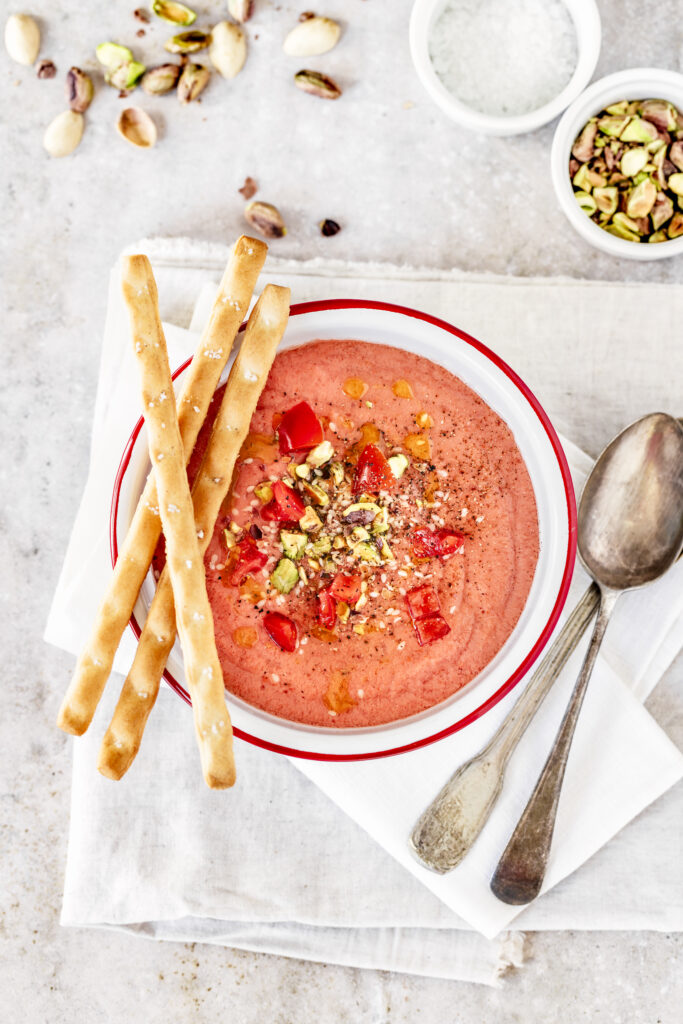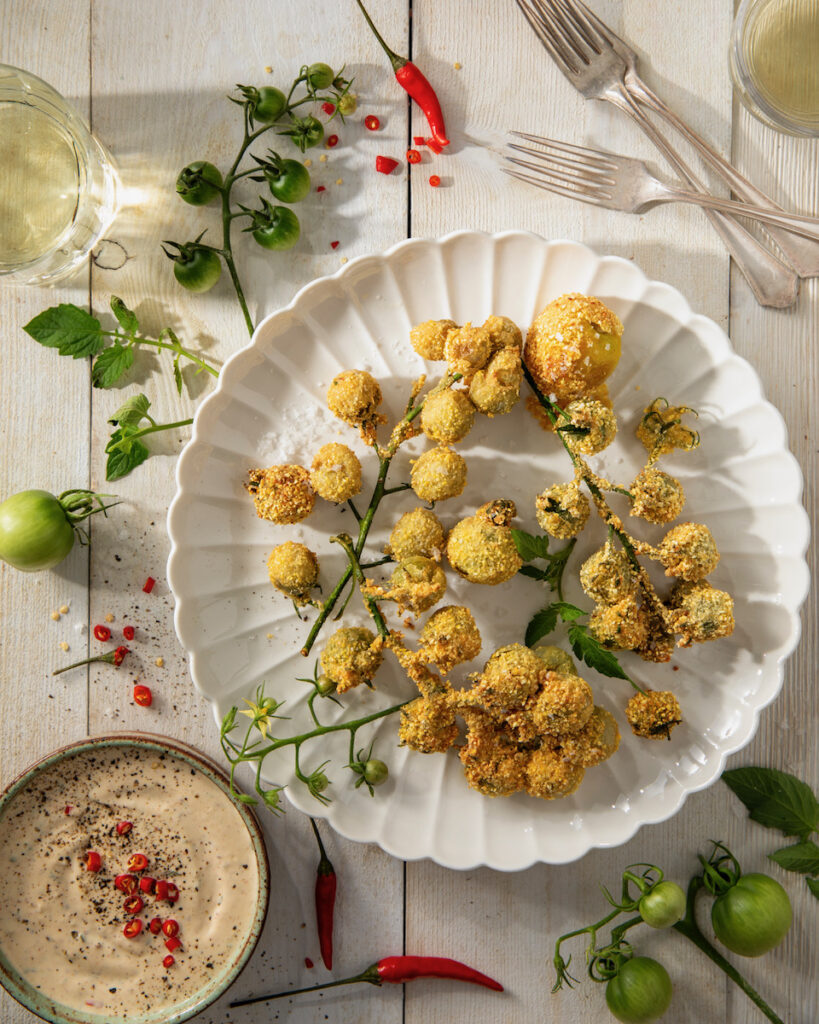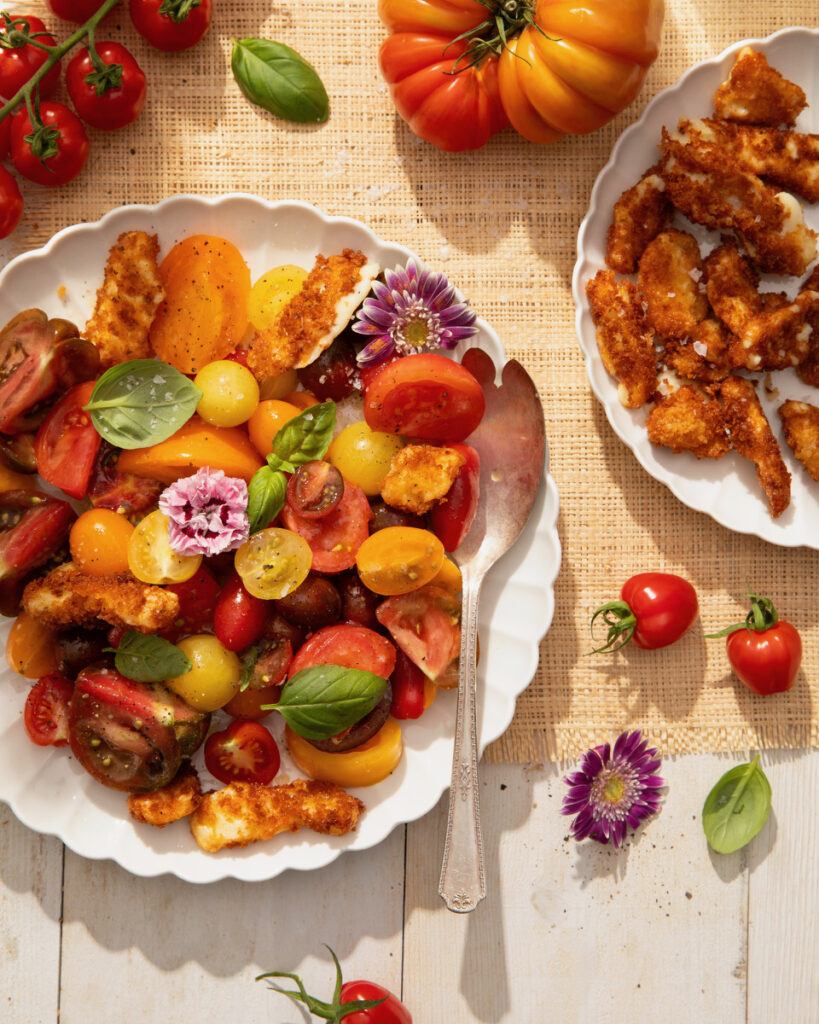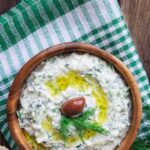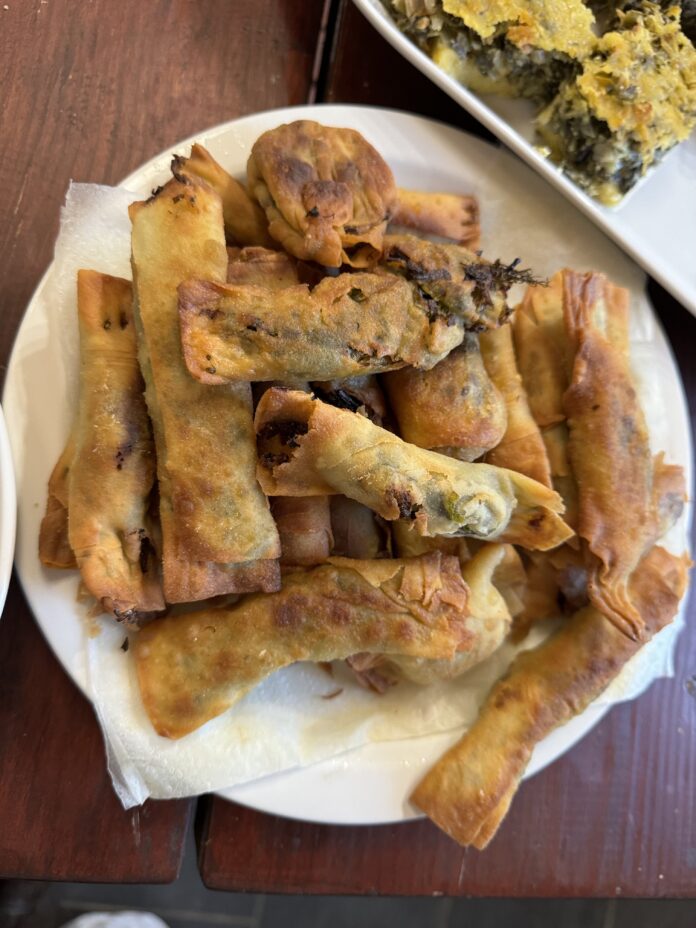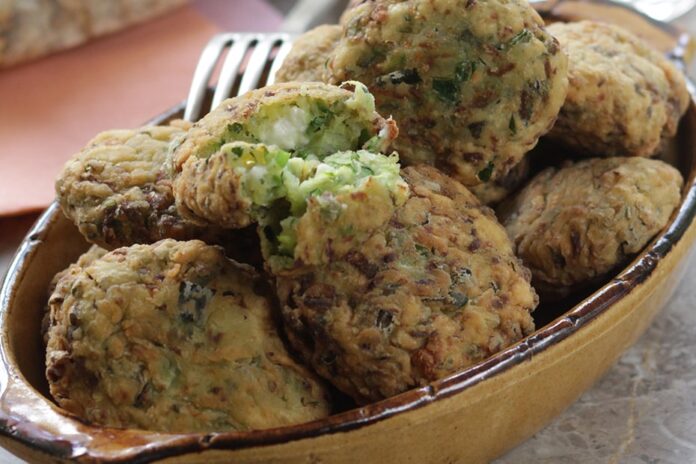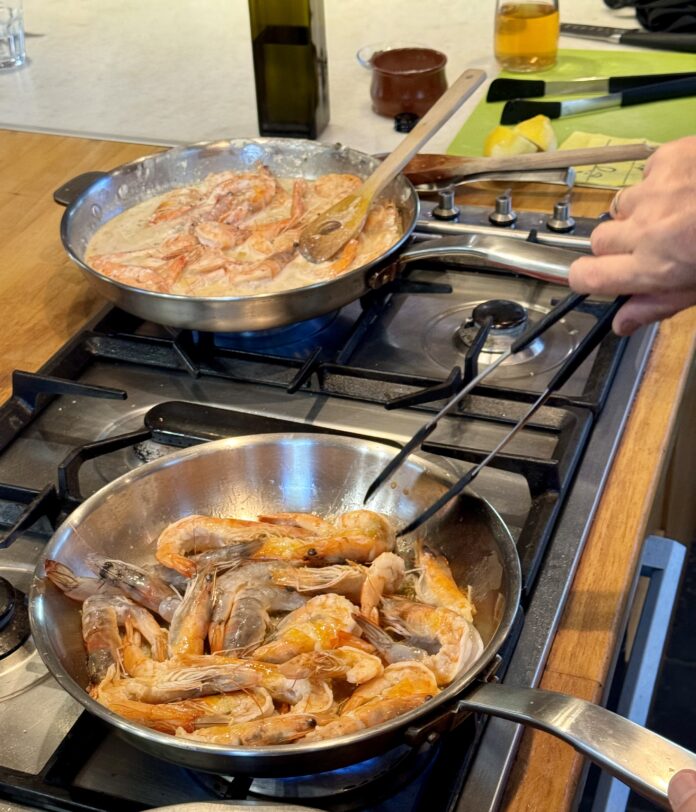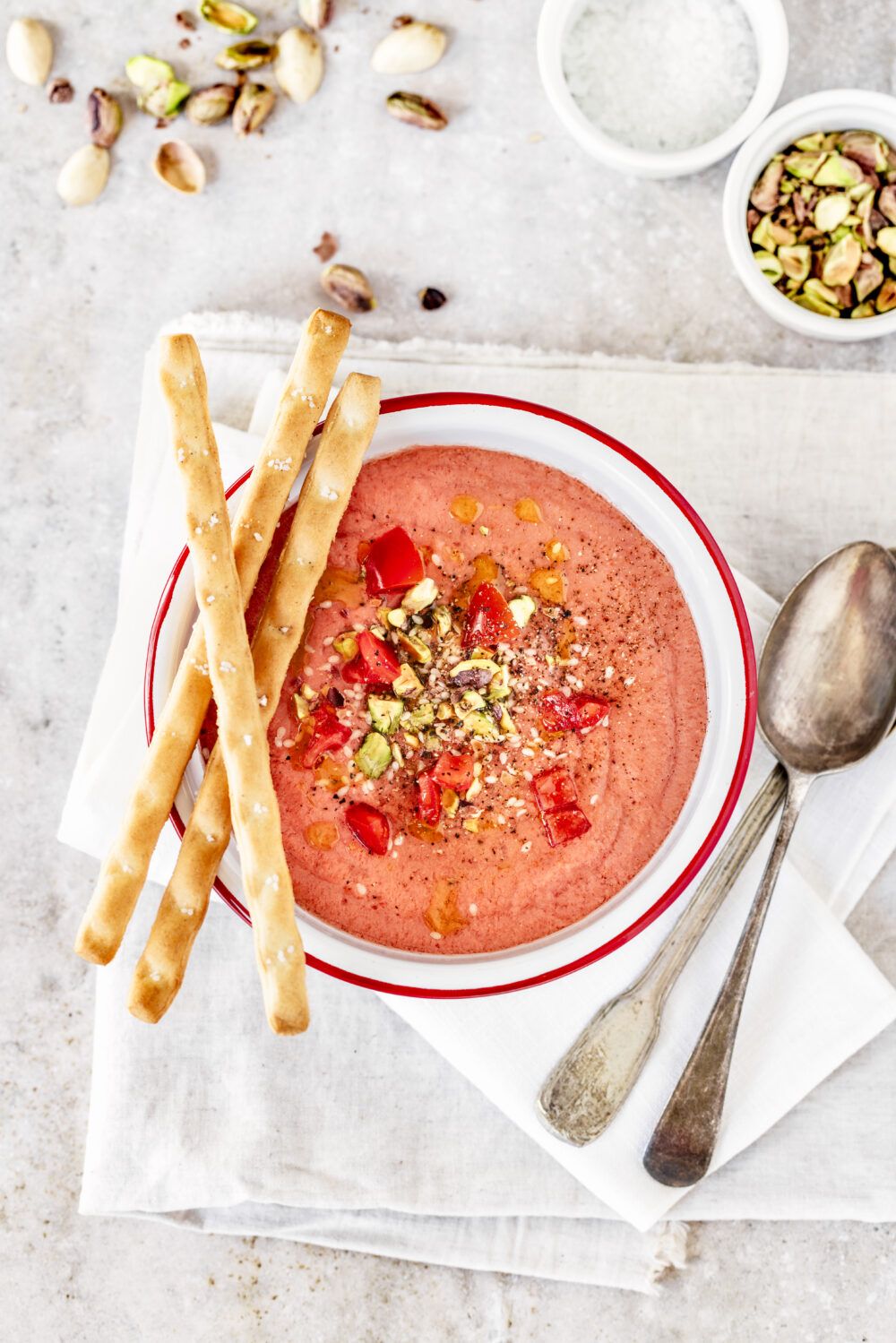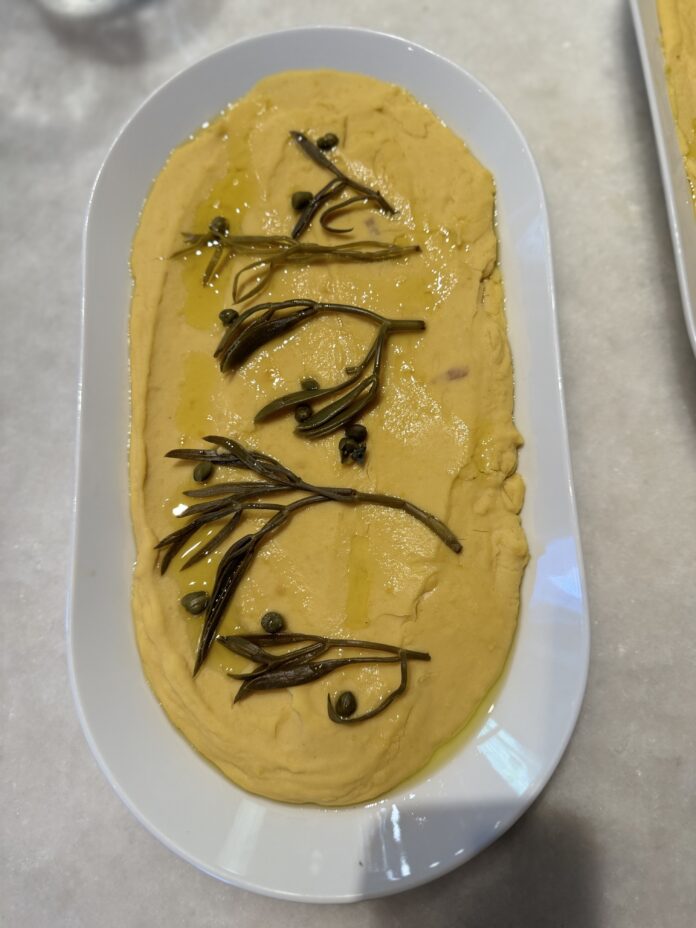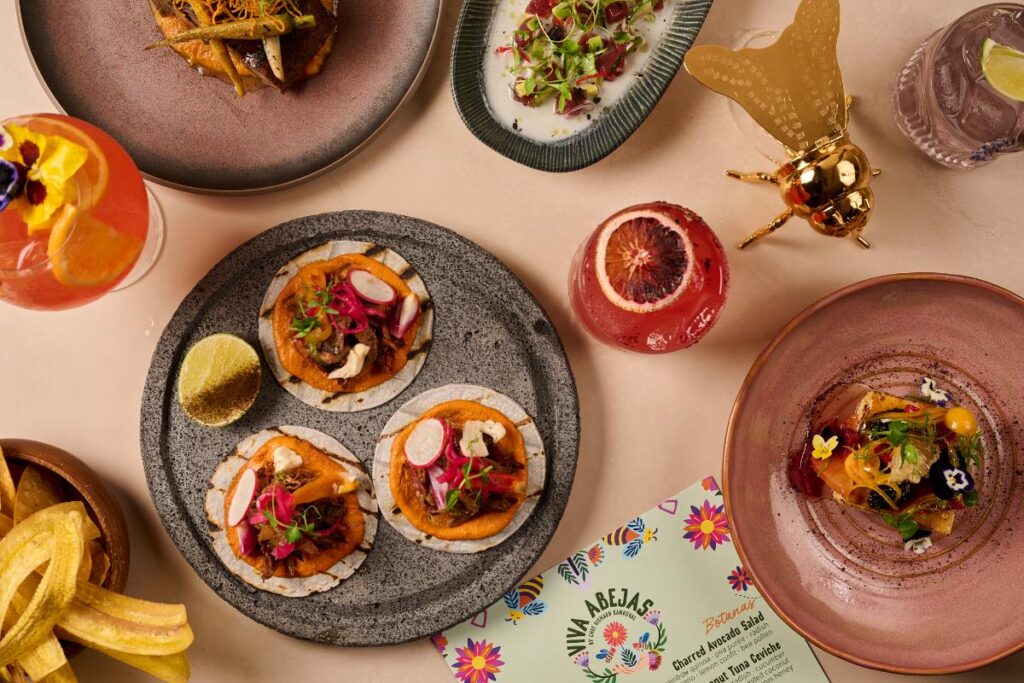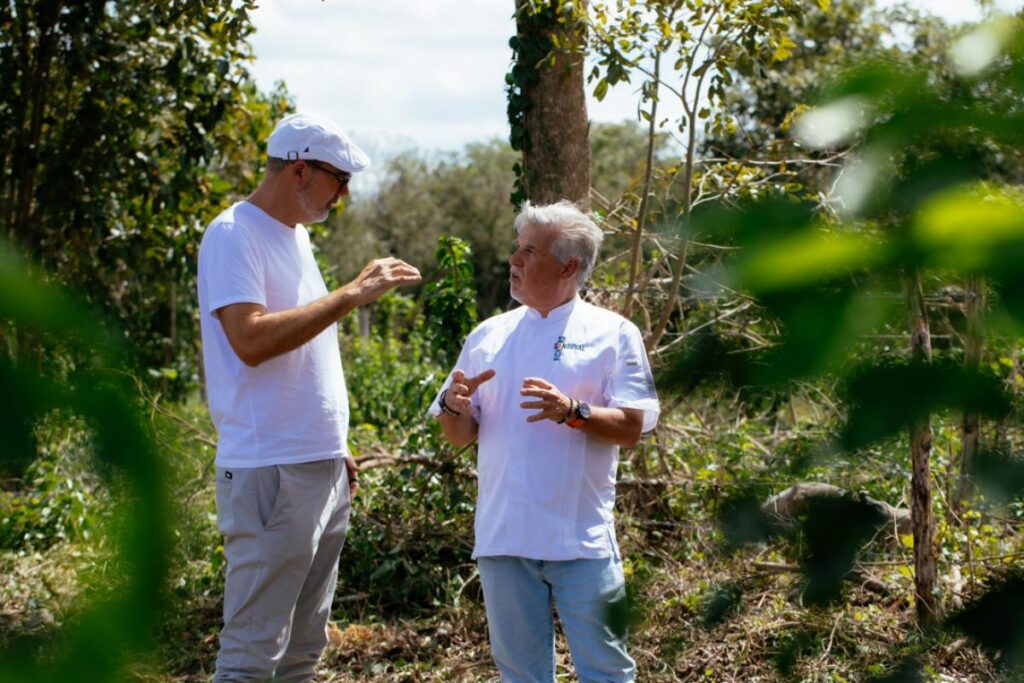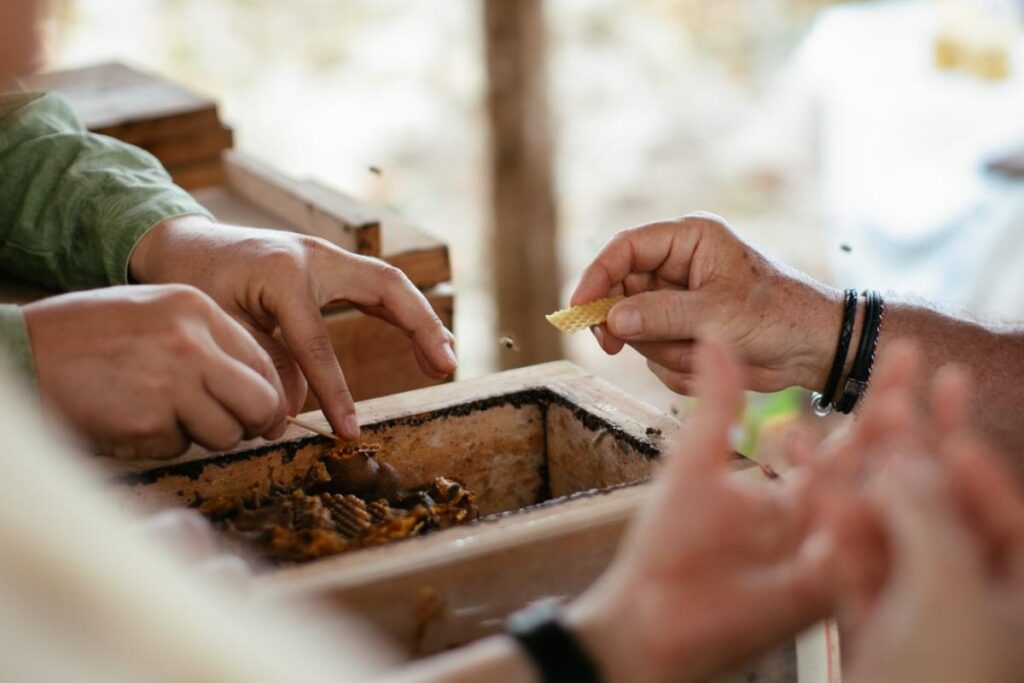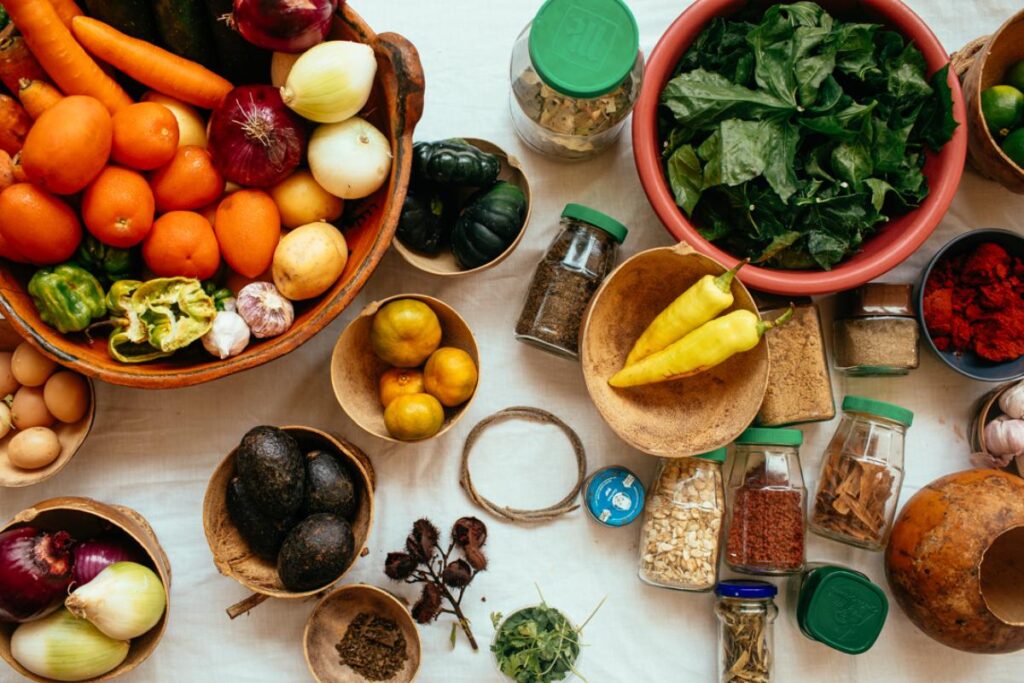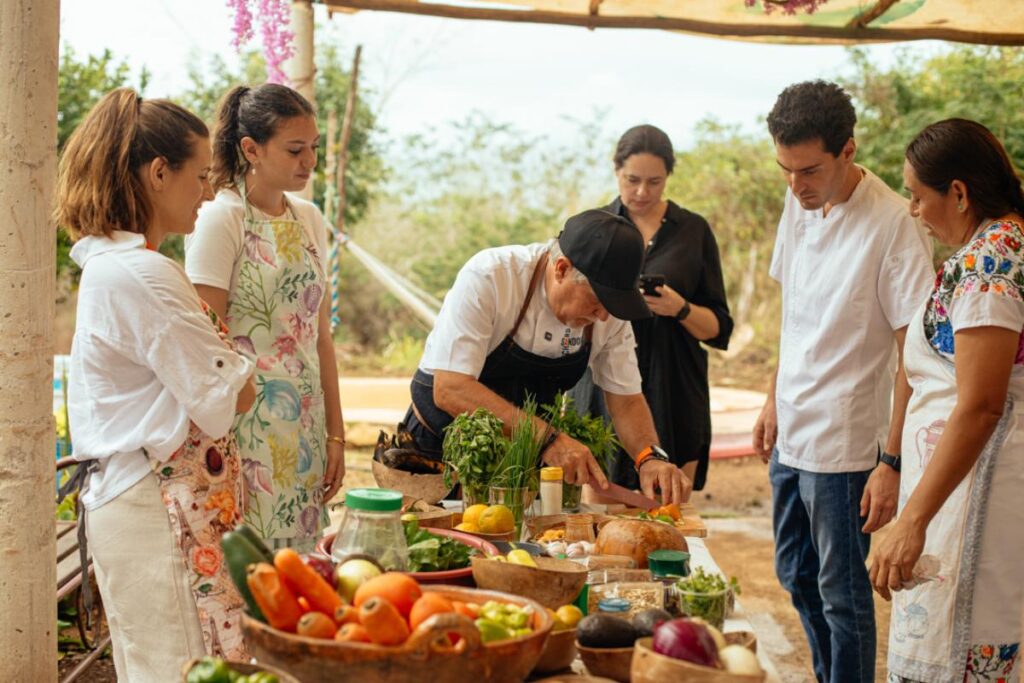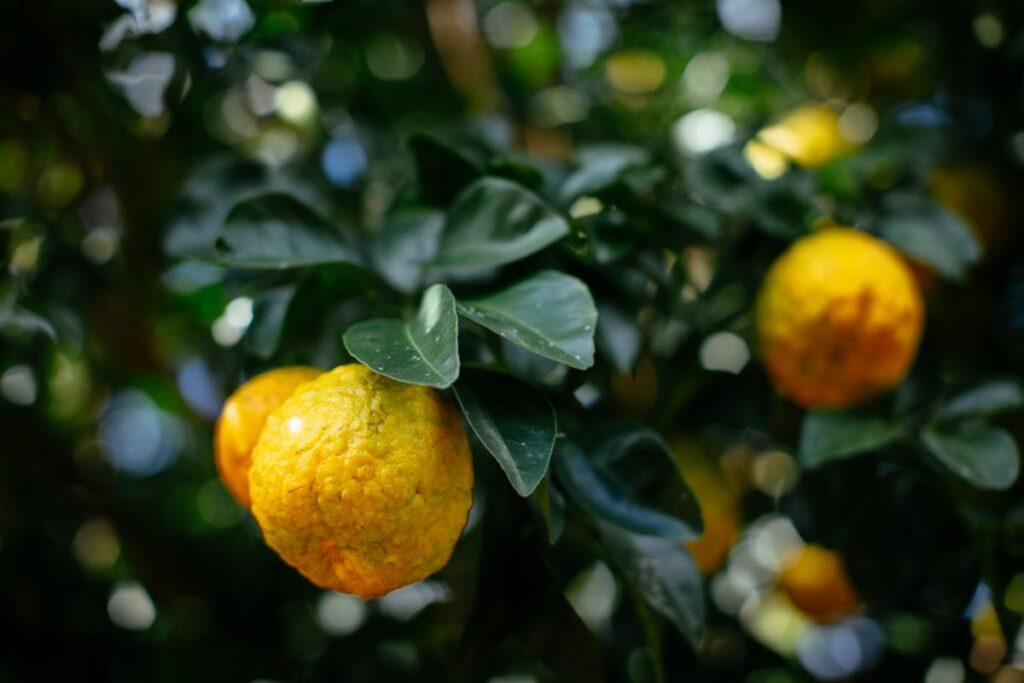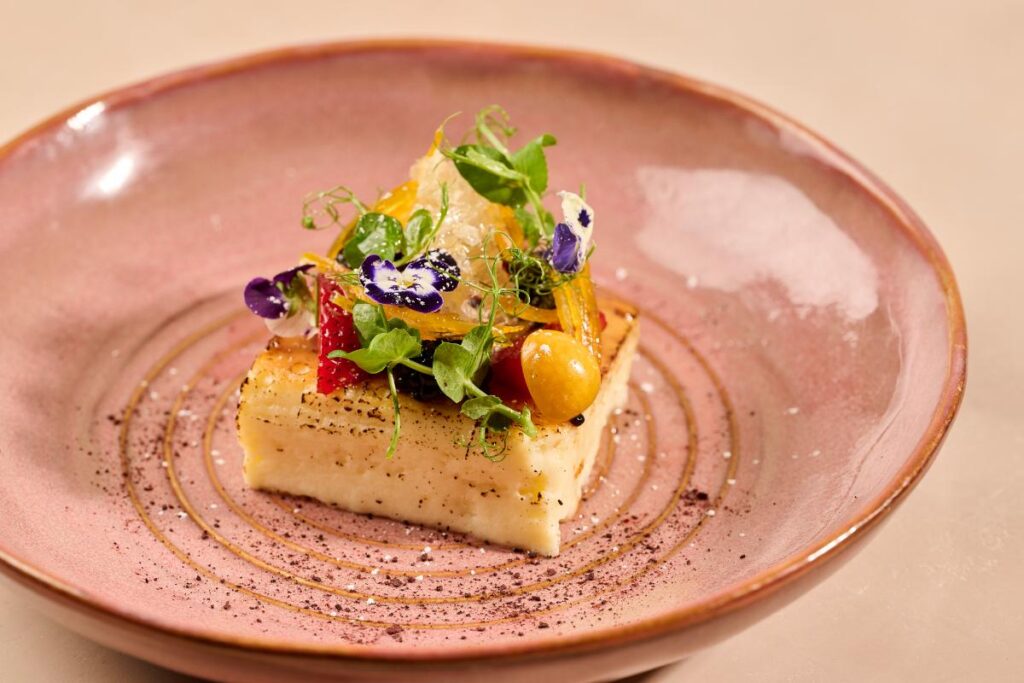The full Moon in Capricorn draws focus to the quieter mechanics of forward motion. This isn’t a loud lunation, but it’s not idle either. There’s movement under the surface, and the tone is more corrective than expansive. A few familiar tensions resurface, and timing gets tighter across the board. Much of this month’s work comes down to structure: what’s been built, and how it’s managing stress.
The Full Moon in Capricorn During July 2025
This full Moon takes place in Capricorn, the sign associated with structure, endurance, and functional response to pressure. Symbolically, Capricorn spans land and sea – its image, the Sea-Goat, speaks to adaptability in mixed or challenging environments. A full Moon here often brings attention to logistics, boundaries, and the systems that keep things running when conditions are tough.
Astronomically, the July full Moon tends to be low in the sky. With the Sun at its northernmost point in Cancer, the Moon opposes from deep in the southern declinations of Capricorn. This means the full Moon rises and sets quickly, and its light appears lower on the horizon. In astrological theory, this corresponds to somewhat reduced visibility or impact – its effects may be shorter in duration or less sharply defined.
Where the Planets are Heading
The planetary context supports this interpretation. Saturn, ruler of this lunation, is slowing to station retrograde, drawing focus to existing obligations and exposing weak points in long-term plans. Mars, meanwhile, has recently separated from the Sun and Jupiter, two forces that often support bold or rapid action. As that energy fades, Mars now moves toward a square with Venus – a more tangled influence, especially where collaboration or timing is concerned.
Taken together, this lunation favors practical review over expansion. Conditions are in motion, but require more calibration than force. Short-term delays may surface, especially where underlying structure hasn’t been fully considered. There’s value to be had in confirming what’s already in place before adding weight to the system.
A Revisiting of Last Summer’s Horoscope
This full Moon arrives during a stretch of sky that’s marked by some signs of revisited tension and slowing movement entering the summer period. Several planets are retracing steps or preparing to, and one key alignment – Venus square Mars – is repeating from last year, but in reverse positions. Together, these factors don’t halt momentum outright, but they do complicate direction.
Venus and Mars are now in square, just as they were in mid-August 2024 – only then Mars was in Gemini and Venus in Virgo. Now their positions are reversed. Jupiter and Saturn were involved last time, intensifying the reach of that transit. This iteration is less dramatic, but still pointed, especially for the mutable signs (Gemini, Virgo, Sagittarius, Pisces), where the square cuts across angles. Tension in relationships is a common reading of this aspect, and it’s not wrong – but the contact is broader than romance. It presses on all kinds of interpersonal dynamics: negotiations, collaborations, and any context where difference must be worked through. Misalignment in timing, tone, or expectation can flare easily now. Those issues aren’t new, just returning unfinished.
If you’re wondering whether this aspect speaks directly to your circumstances, think back to what was happening around August of last year. What conversations were becoming strained? What expectations went unmet? What dynamics felt sharp, unequal, or unresolved? This moment doesn’t necessarily repeat that one – but it echoes it. Some of the same themes may surface again, maybe even with the same people, though this time under slightly different conditions. The stakes aren’t as high this go ‘round, and the influence is shorter-lived. Still, what’s been lingering may need to be addressed before it moves on for good.
Upcoming Retrogrades in July 2025: Mercury and Saturn
At the same time, Mercury is slowing ahead of a retrograde station on July 17. This brings the usual delays in travel, communication, and planning, but more than that, it reintroduces details thought to be settled. Don’t expect tidy conclusions this month – agreements may need revisiting, and logistics that seemed firm may require adjustment. Miscommunication is less likely to come from carelessness than from assumption, especially in fast-moving conversations or multitasking environments.
Saturn has also just turned retrograde and will remain so through late November. Its influence is more structural and less immediate, but no less relevant. This is when long-term plans meet internal resistance, not because the goals are wrong, but because the scaffolding may need reinforcement. If boundaries feel blurred or duties become heavier than usual, that’s the signal. Something needs to be tightened, or rebalanced, before it can hold future weight.
A Reason for Measured Optimism
One steadier influence in all this is Jupiter, now clear of its harder aspects. Progress is available – just not quickly. What’s working now will likely keep working, even if the signs aren’t immediate. Jupiter operates on a longer cycle. The benefits aren’t always visible in the moment, but in hindsight they tend to hold.
The prevailing tone: slower, tighter, and less tolerant of friction. But even when timing misfires or clarity slips, the path forward remains open – just narrower, and less forgiving of distraction.
The Moon on the Southern Tail of the Eagle Aquila
The Moon’s position in Capricorn brings it into close alignment with the southern tail of the eagle. It’s not a bright or commanding star, but it belongs to a constellation long associated with transmission, ascent, and the movement of power across distance. In myth, this was the eagle of Zeus, the one who carried thunderbolts and bore Ganymede to Olympus. In medieval thinking, the tail marked the end of the eagle’s path and the point of lift: the final push that carries something skyward.
Because the Moon is the planet of the people – of crowds, movement, and ordinary life – this conjunction may register most clearly in the circulation of messages, voices, and interpretations. Something is being delivered, and not always by intention. The symbolism emphasizes reach: what travels far, what gets picked up and repeated, what enters the general current. Watch for patterns in language, news, or common speech.
The influence here is faint but not directionless. Aquila’s stars carry a combined nature of Jupiter and Mars: momentum and assertion, but also legitimacy and scale. Information now may spread with unusual force, framed as necessary or righteous. In media, policy, and mass speech, this shows up as hard messaging or moral insistence – not always coordinated, but reinforced through repetition.
Summer Guidance for Your Zodiac: Light, Motion, and Transition at the Edge of Summer
Summer arrives with force. Heat climbs, moisture recedes, and the world leans into movement. This is the season of ambition, restlessness, and quick flare-ups – a time when the body wakes early and the mind moves faster than it can always follow. The increase in dryness sharpens thought but shortens temper. Days are longer, schedules fill quickly, and it’s easy to feel both energized and on edge. The pace of life picks up, but inner steadiness doesn’t always follow.
In small doses, summer’s energy is invigorating – it helps you move forward, take initiative, and meet challenges directly. But when it builds too fast, it can lead to burnout or push you into saying yes to too much. The goal now is to stay active without becoming overextended. Move with purpose, but don’t race. Timeless advice: focus your efforts, take breaks, and tackle one thing at a time. Multitasking scatters attention, but working in sequence helps you notice what actually matters.
Fire Signs (Aries, Leo, Sagittarius)
You match the season’s qualities – hot and dry – so summer can be energizing, but it often brings irritability, dryness, and quick depletion. Movement in the morning and shade in the afternoon help regulate heat accumulation. Cooked vegetables, cooling grains, and herbs that calm the gut are worth prioritizing. Hydration should be consistent and paced, not just responsive to thirst. Avoid long stretches of output without recovery. One challenge for fire signs in summer is sustained energy levels, and that starts with a steady rhythm.
Earth Signs (Taurus, Virgo, Capricorn)
Summer introduces dryness into the already dry nature of earth, which can harden routines and create internal tension. Digestion becomes more sensitive, especially with cold or raw foods. Lightly spiced grains, cooked greens, and midday meals support metabolic function. This season often demands more flexibility than you’d prefer, so it helps to change the pattern slightly – adjust your route, shift your timing, try an unfamiliar flavor. Over-structuring weakens adaptability, so consider how a little variety could improve your responsiveness without disturbing your core stability.
Air Signs (Gemini, Libra, Aquarius)
This season sharpens your mental acuity but thins your attention (both in terms of span and capacity). Warm, dry conditions stimulate motion and dispersal – overstimulation and fatigue follow quickly. Sleep becomes lighter, meals less regular, and the nervous system overstretched. Build in some productive friction with grounding foods, slower transitions, and defined boundaries around social time and information intake. Even light rituals like setting meals at the same time each day can be a benefit to air signs this season. Heat stirs the mind but scatters it too, but organizing your day helps retain focus.
Water Signs (Cancer, Scorpio, Pisces)
Dryness agitates the water temperaments most. You may feel this through sleep disruption, digestive irregularity, or quicker mood changes. Hydration helps, but so does routine. Keep meals warm and regular, avoid late eating, and aim for consistent wake and sleep times. This season overstimulates easily and leaves less buffer for emotional recovery. Reducing screen time at night, protecting quiet in the morning, and spacing out obligations can help keep energy from draining too fast.
Sabian Symbol for 19° Capricorn: A Hidden Choir Singing During a Religious Service
This image evokes the presence of something real but concealed – a quiet expression of belief, meaning, or participation that happens without drawing attention. The symbol points to what’s taking place behind form: something structured (a service) contains something subtle (a choir, not visible but heard). It calls attention to background processes and the voices that don’t speak loudly, but still shape the moment.
Applied to this full Moon in Capricorn, the message is straightforward: listen beneath the formalities. What looks fixed in place may hold something more fluid; what seems silent may carry a signal. This Sabian symbol makes a nod to the experience to be had in quiet observation, and in remembering that not all contributions are made in visible ways. This symbol also invites a more discerning relationship to noise: distinguish between what’s essential and what’s distracting.
The Moon’s position here emphasizes perception through stillness. There is movement happening in the margins – a pattern gathering strength, a rhythm returning to form. Stay attuned. You may hear more than you see, and that may be the point.
What Does July’s Full Moon in Capricorn Mean for Your Zodiac Sign?
Taken together, these influences bring questions of timing, structure, and interpersonal strain into sharper view. Here’s how this full Moon may well land, depending on your sign.
Aries
You may find yourself clashing with others this month, particularly where priorities or spending are concerned. Venus represents the other party here – more focused on nuance, less inclined to the big picture. Mars, now in Virgo, describes you as task-oriented for now, but the square can stir resentment. For singles, this is about financial pause and cooling romantic jets for a moment. If you’re in a working relationship of any kind, guard against criticism creeping in where simple clarity would serve better.
Taurus
Venus in your first house stirs curiosity and charm, but its square to Mars puts pressure on communication and tone. There may be a pull toward expressing more – but doing so may provoke more tension than expected. Still, this is a good time to state your view, even if it lands imperfectly. Jupiter supports your finances, but Mercury’s slowdown suggests delay is wise. Mid-August is better suited for purchases or plans involving long-term gain. Until then, keep things nimble.
Gemini
Venus heads your way soon, but for now, Saturn retrograde at the top of your chart may slow progress or introduce delays around career matters. You’re not blocked necessarily, but I do think you can expect to be rerouted. Proceed with plans, but watch for the kind of complications that seem minor until they’re not. Document thoroughly, ask follow-up questions, and give everything a second pass. With Mercury slowing too, it’s better to get ahead of confusion than clean it up once it spreads.
Cancer
This full Moon falls in your 7th house, where matters involving others – partners, clients, opponents – take clearer shape. With Saturn, ruler of that house, turning retrograde, something in your relationships may start to ease or retreat a bit. The Moon’s conjunction with Aquila’s tail adds a message-like quality: responses from others may carry more meaning than they intend. Venus and Mars square off across your career and authority houses, so choose your words carefully, especially around colleagues or supervisors.
Leo
Mercury’s station on your ascendant makes this retrograde more personal than most. It may show through interruptions, misread intentions, or disruptions to routines that typically anchor you. Venus in your 10th supports professional visibility, but the square to Mars hints at tension from distant quarters – possibly from travel, publishing, or external impacts. You’re well-buffered by Jupiter in the 11th, which softens consequences and brings help through friends or networks. Stay flexible, stay clear, and take everything in good measure.
Virgo
This chart favors rest and reset more than output. Mars is in your first house, and the impulse to press forward is strong – but Saturn lies ahead in opposition, and its full resistance won’t register until next month. With Mercury stationing retrograde, there’s no harm in easing off the gas. The best use of this period is time with others, informal collaboration, or simply making space. The more you leave open now, the better you’ll be able to fill it later.
Libra
Venus, your ruling planet, is under pressure now, squaring Mars in Virgo. That puts you in the position of trying to maintain perspective while someone close digs in on detail. It’s a frustrating match, especially if the other party seems more focused on problems than outcomes. This square may also press on your nerves or sense of timing. For now, try not to interpret every delay as a decision. Let the square pass before drawing conclusions.
Scorpio
Venus in Gemini activates your 7th house, and with it comes more interaction – romantic or otherwise. But with Mars in Virgo squaring that Venus, it’s easy to miss cues or respond with too much scrutiny. You may be aiming for precision, but others are looking for connection. The Sun on your 9th house cusp brings opportunity for long-distance travel; it’s a good time to broaden your view. Also a great time to pick up a new course or language, if those feel more appropriate to you than travel.
Sagittarius
Your ruling planet Jupiter transits your 7th house, emphasizing partnership and negotiation. But Mercury – the planet ruling that same house – is turning retrograde, pointing to crossed wires or arrangements that can’t yet deliver. You may be offering too much, too soon, and your amiable nature may cause you to confuse generosity with imbalance. This is a good moment to hold a little back, reassess the tradeoffs, and remember your own priorities. If something needs to shift, the conditions are in place now to reset the terms.
Capricorn
You may feel a strong pull toward enjoyment right now – travel, leisure, or simple escape. But Venus and Mars square off across your 8th and 5th, and Saturn’s station in Pisces highlights the need for practical limits. The mix isn’t negative, but it does call for discernment. Be wary of spending in ways that distract from what you’ve built. There’s room to enjoy yourself, but it helps to keep track of cost – not just financially, but energetically too.
Aquarius
Positive financial developments are underway, but Saturn’s retrograde in your 2nd house signals a holding period. This isn’t the time for major commitments – contracts, investments, or spending with long-term implications. Still, the Sun’s trine to Saturn points to useful alignment if you’re considering collaboration. Think frameworks, not signatures. Venus in your 4th adds creative or romantic spark, but let things unfold without rushing outcome. Give plans time to settle, and make bolder moves next month.
Pisces
Venus and Mars square across your home and relational houses, making the tradeoff between comfort and obligation harder to balance. You may feel torn between staying anchored where you are or accommodating someone else’s pace or needs. A Mars–Saturn opposition is forming across your 1st and 7th houses, and the more you manage tensions now, the easier that configuration will land later. If something’s becoming a pattern, speak early and kindly, while the door’s still open.
Horoscope Author
Wade Caves, based in Brooklyn, NY, is an astrological consultant and educator specializing in problem-solving applications of astrology. He teaches astrological divination and astronomy at the School of Traditional Astrology. Wade also publishes his work on world astrology through Skyscript’s In Mundo publishing desk. He even hosts the World Astrology Summit. A conference dedicated to the advancement of astrology for global problem-solving. Website: wadecaves.com • skyscript.co.uk/inmundo. Email: hello@wadecaves.com.
Story by Wade Caves
Photo Courtesy of Mahdi Rezaei
Subscribe to TABLE Magazine‘s print edition.

